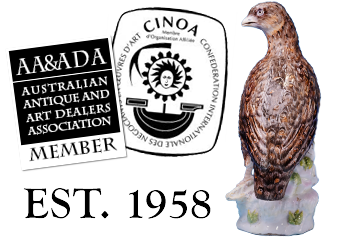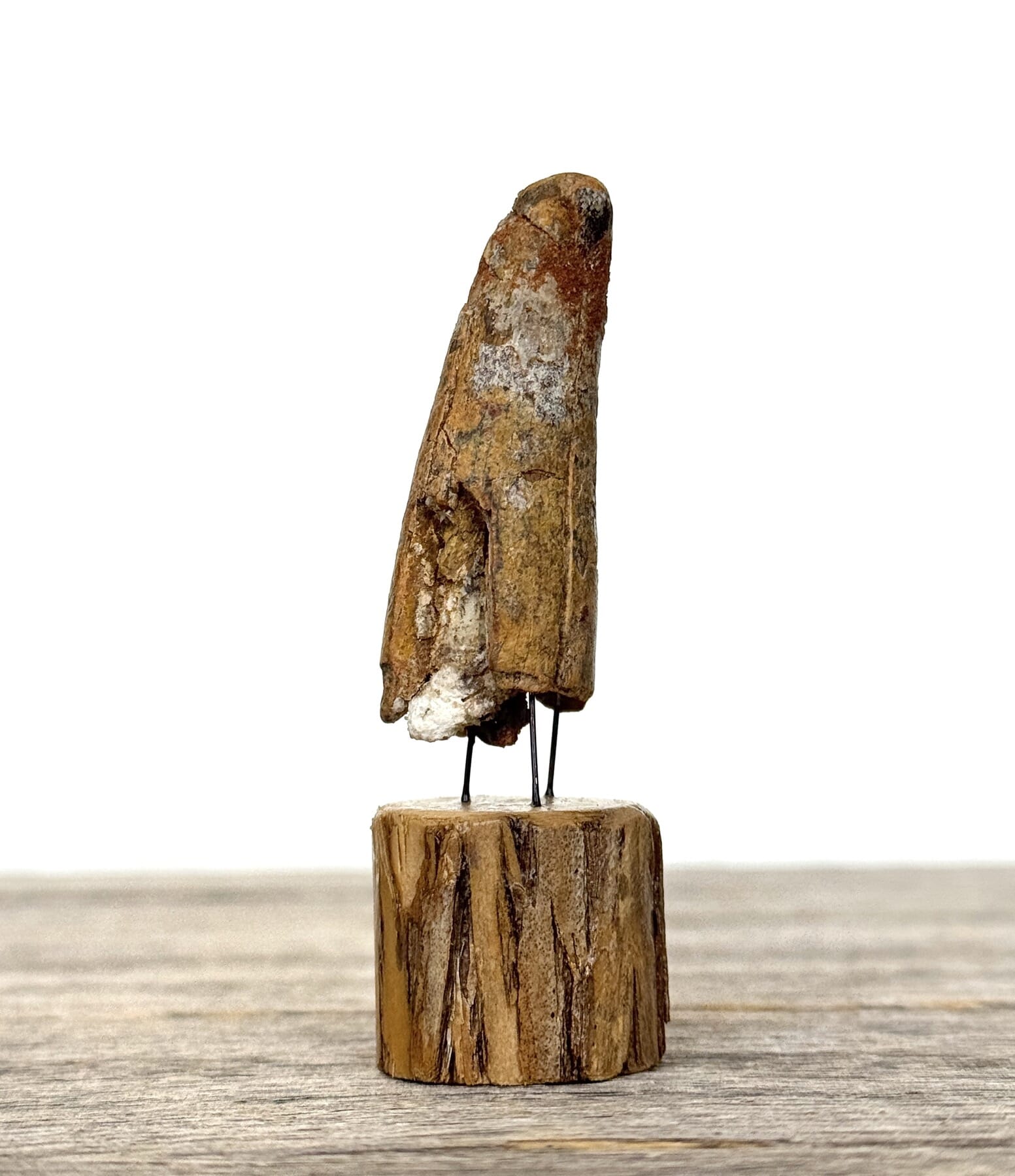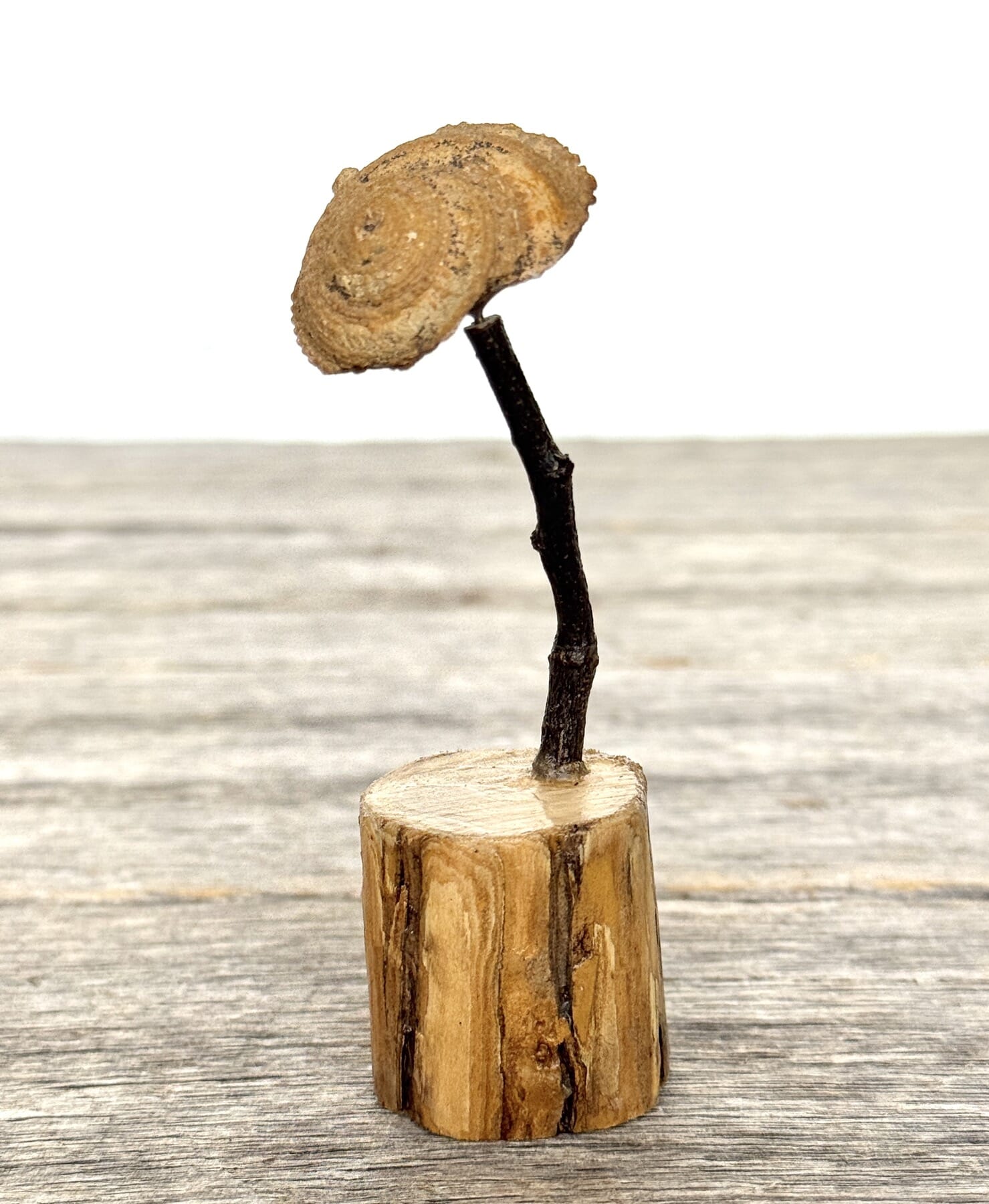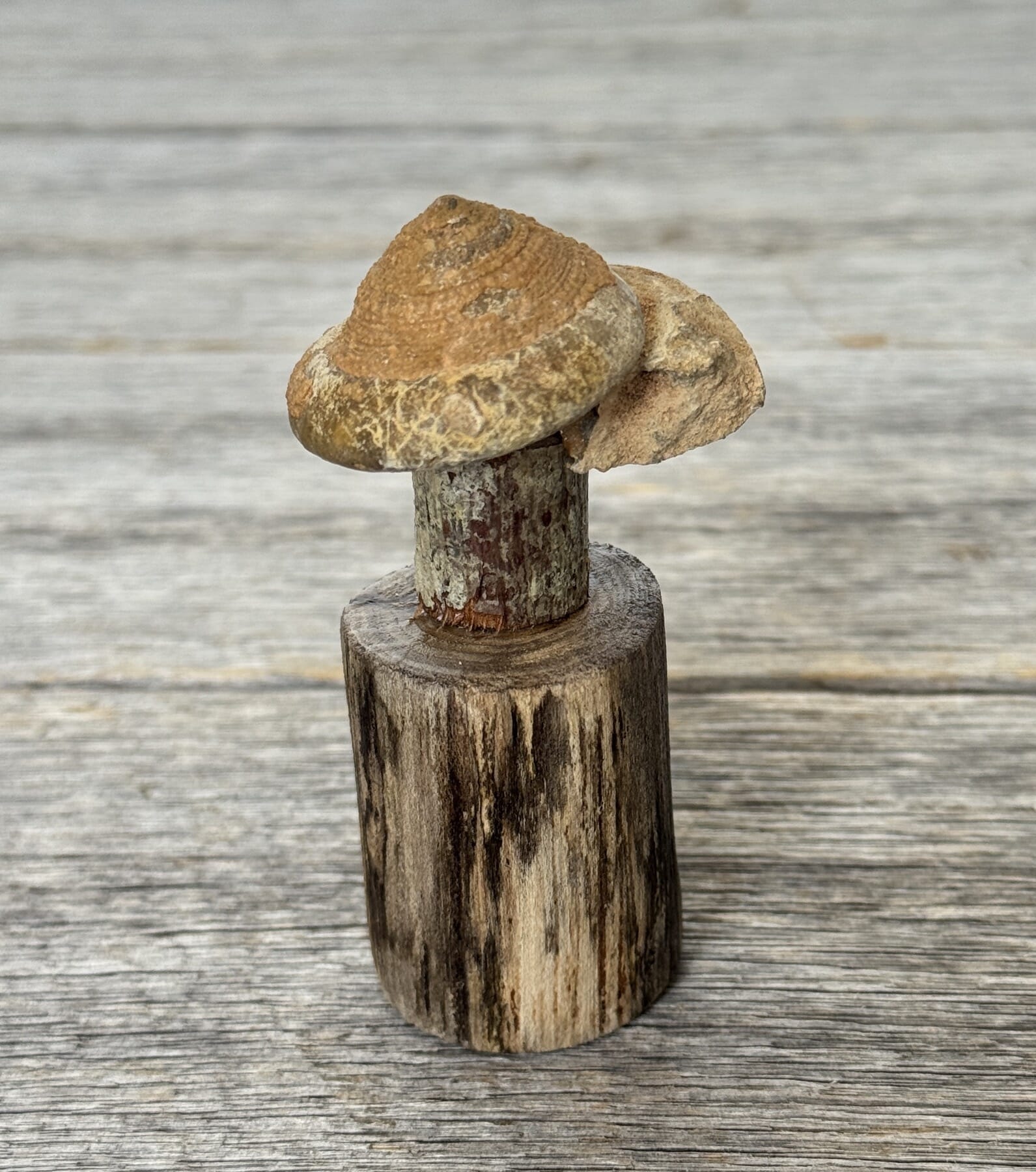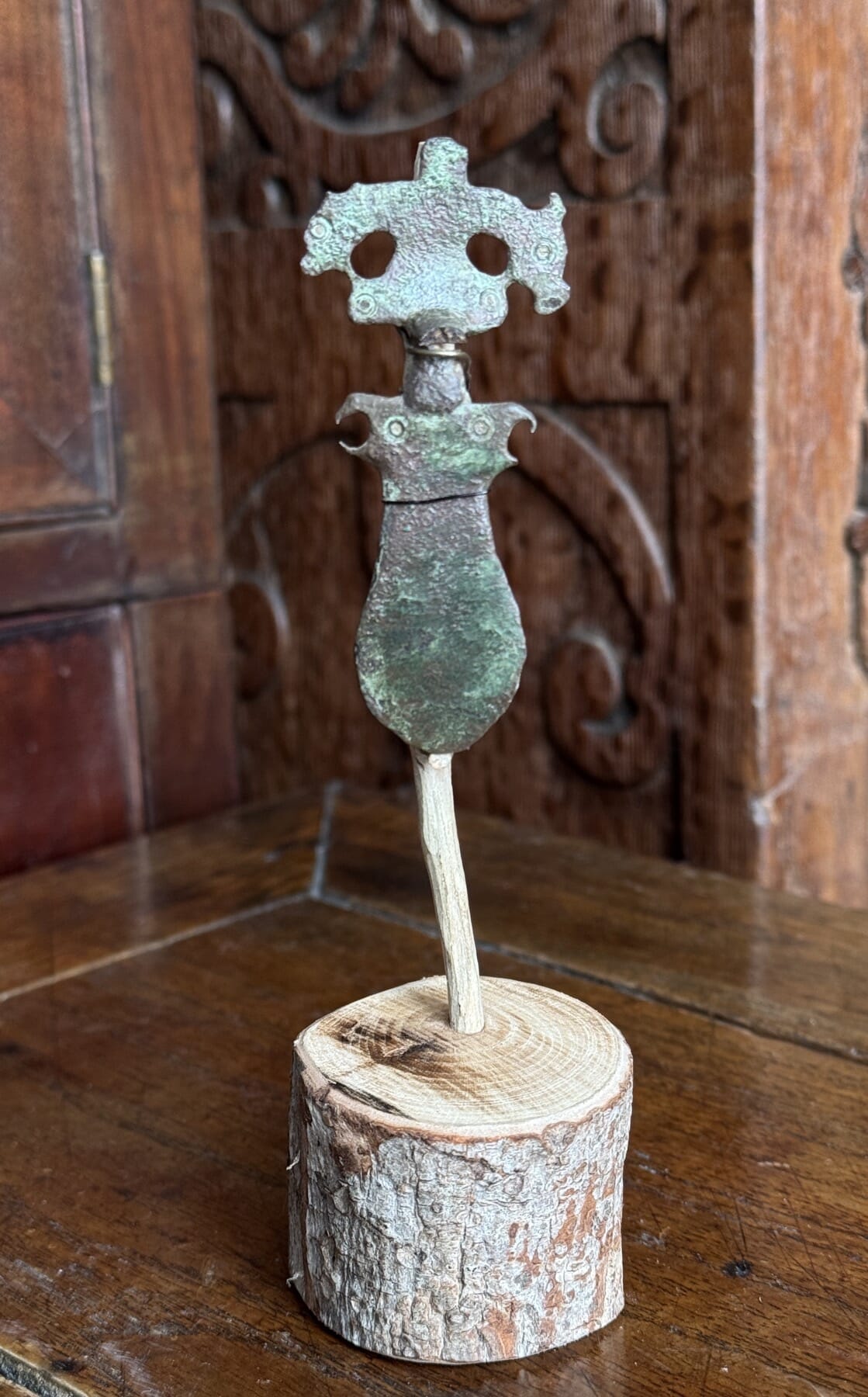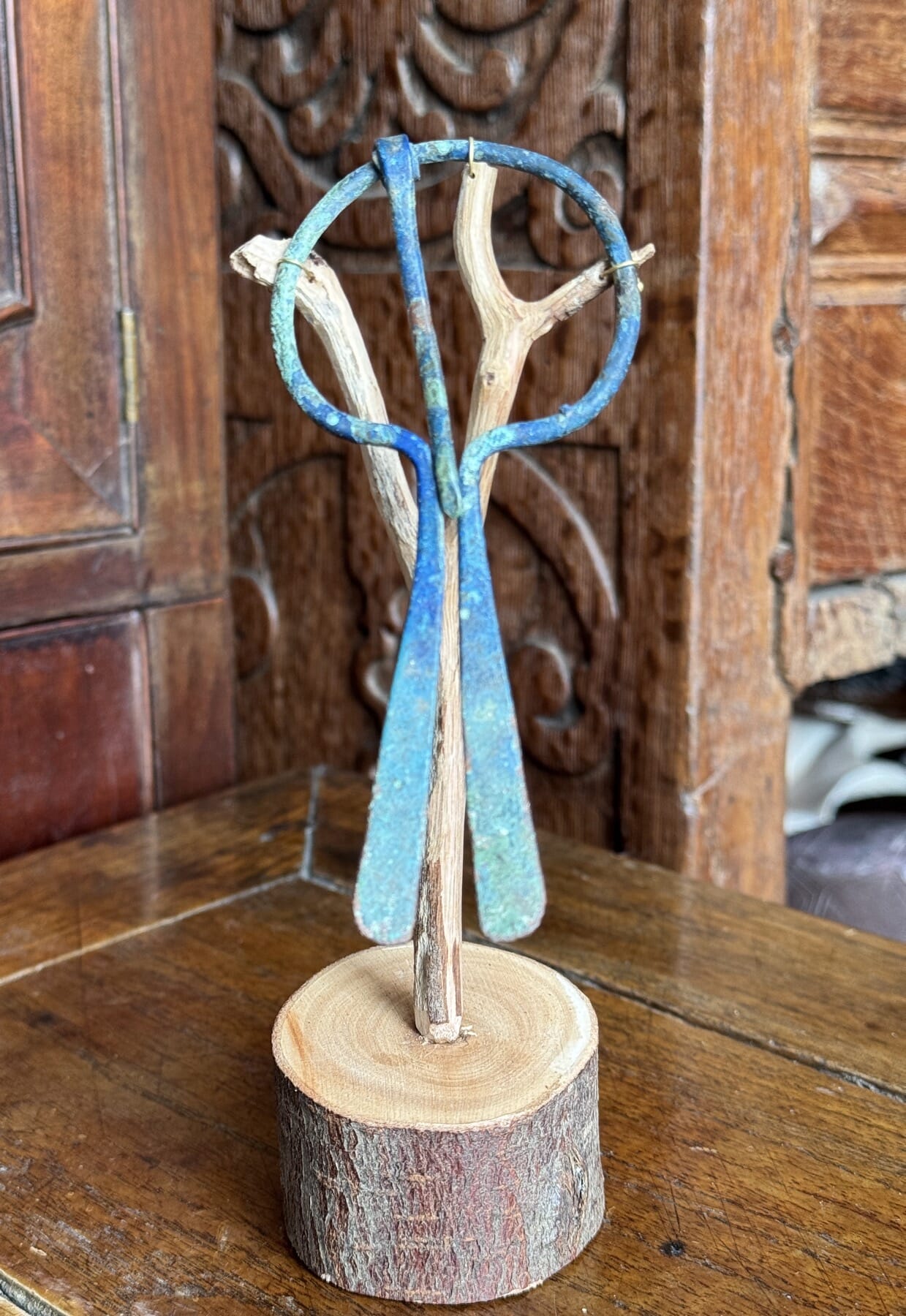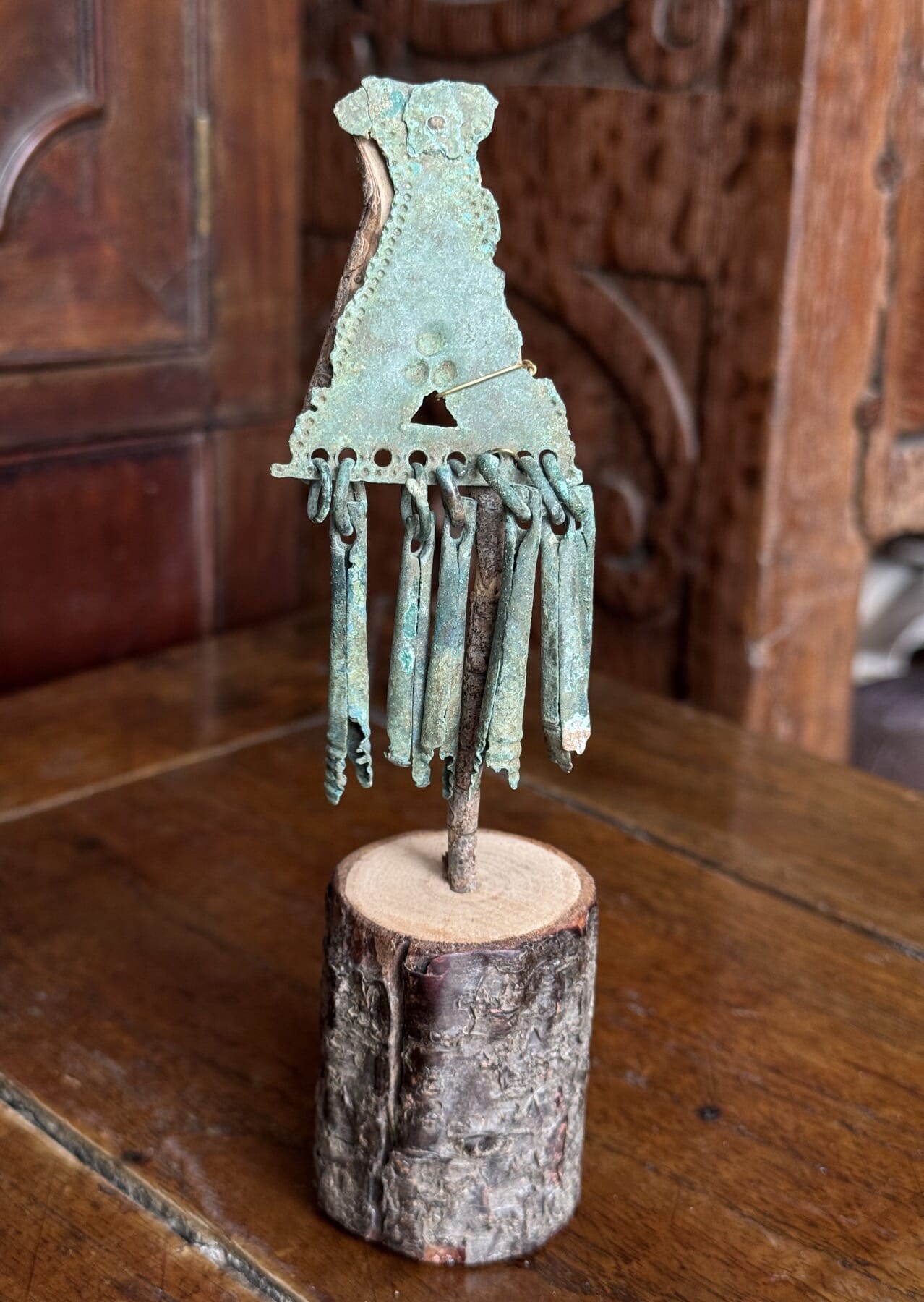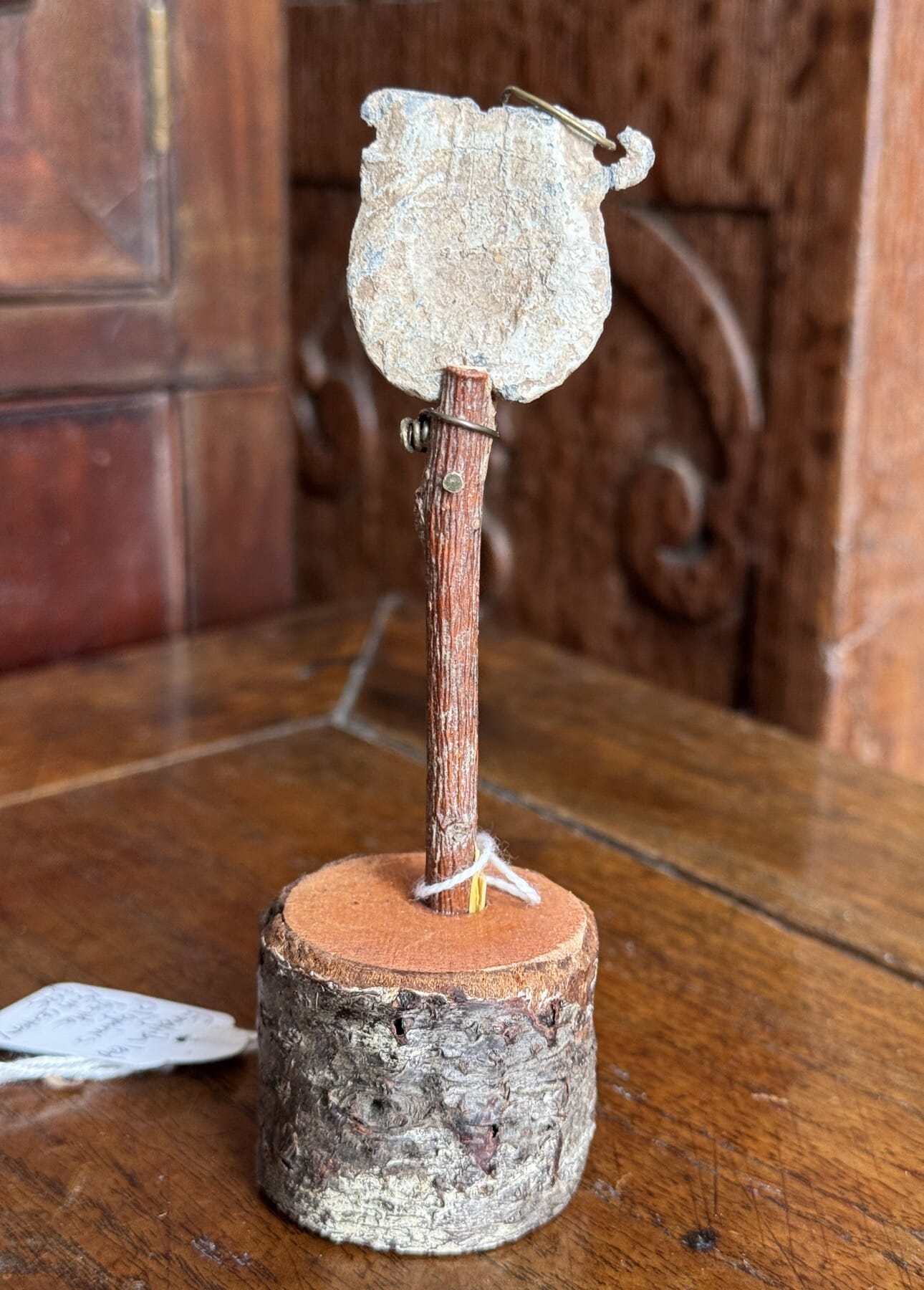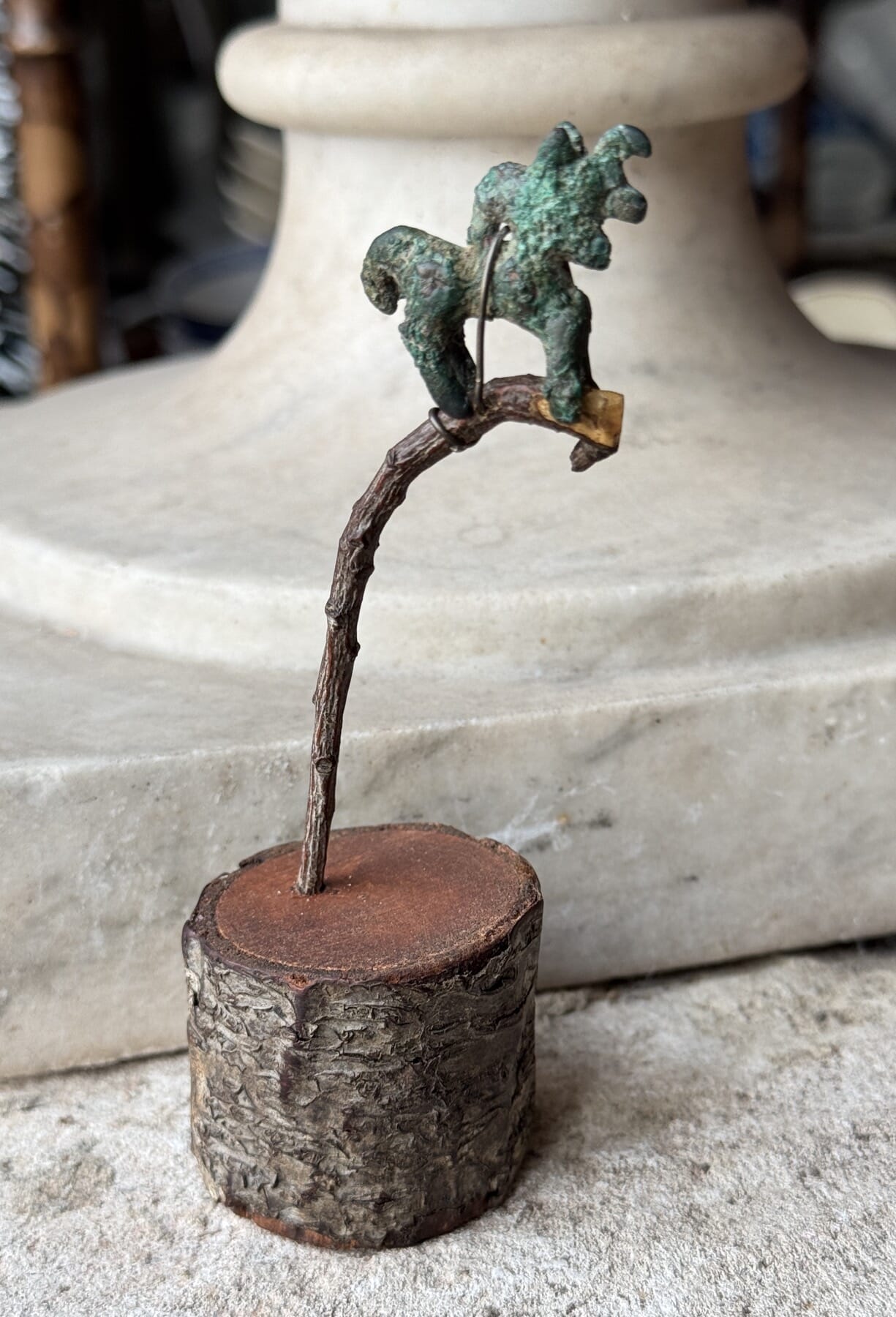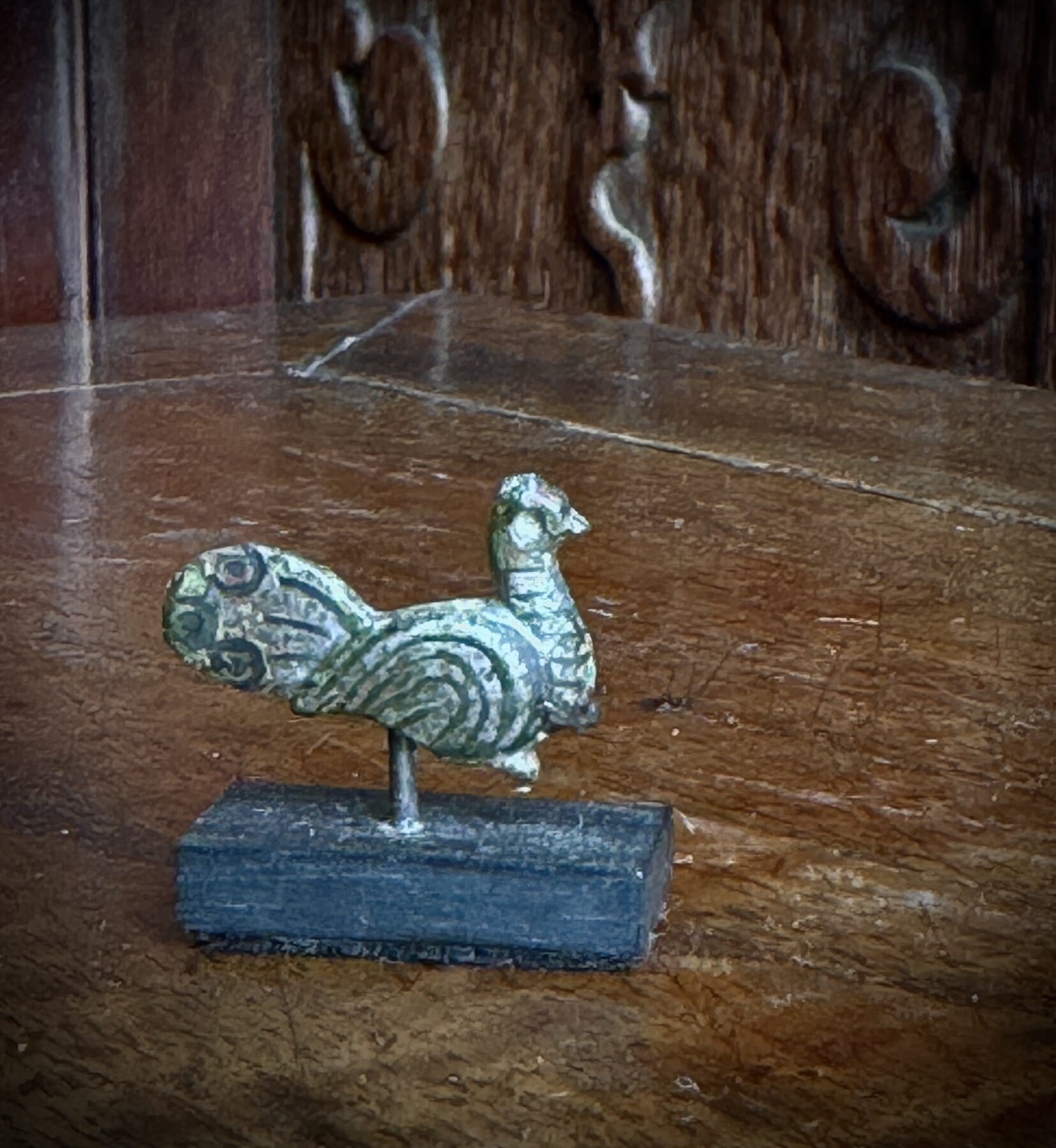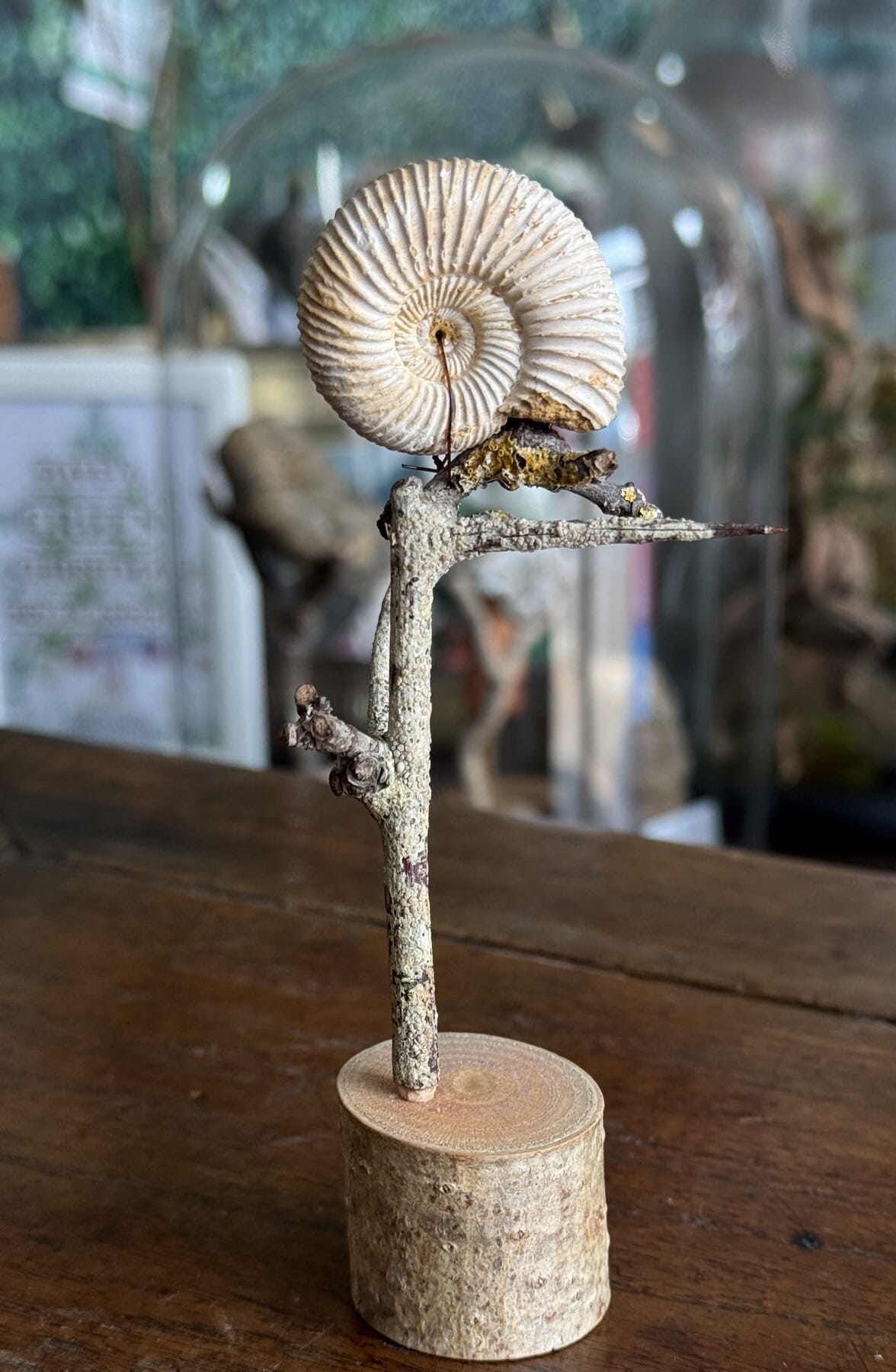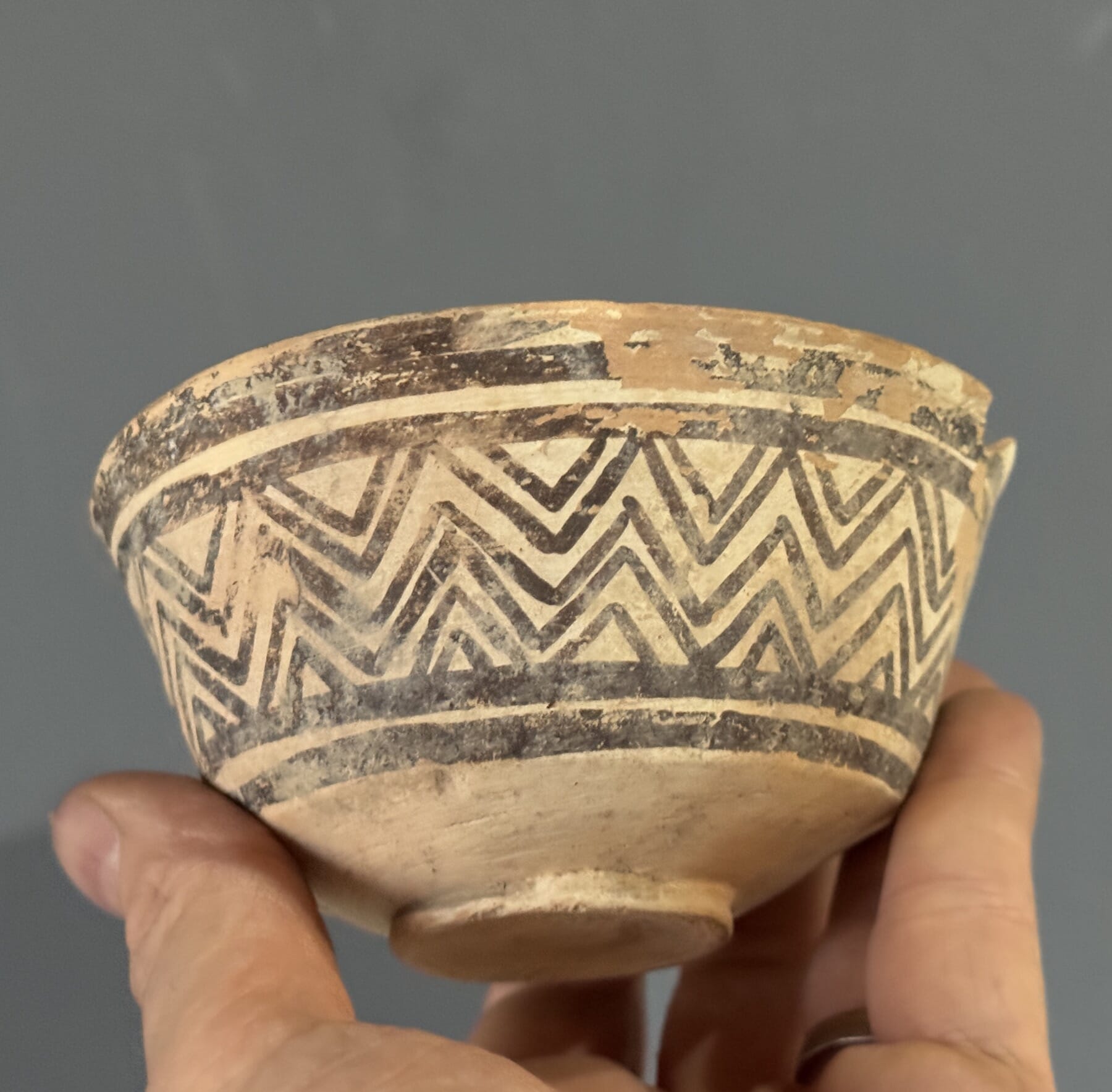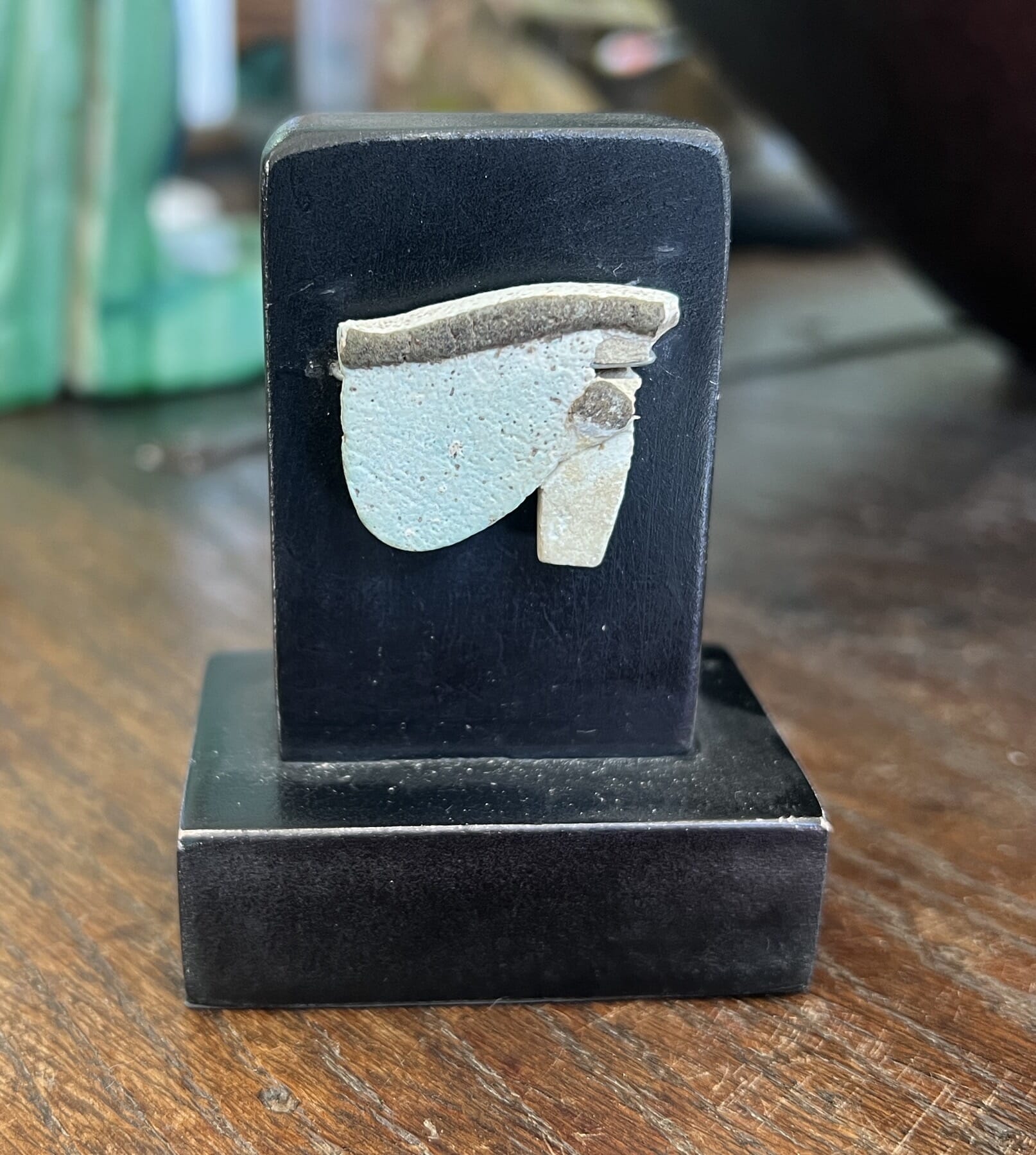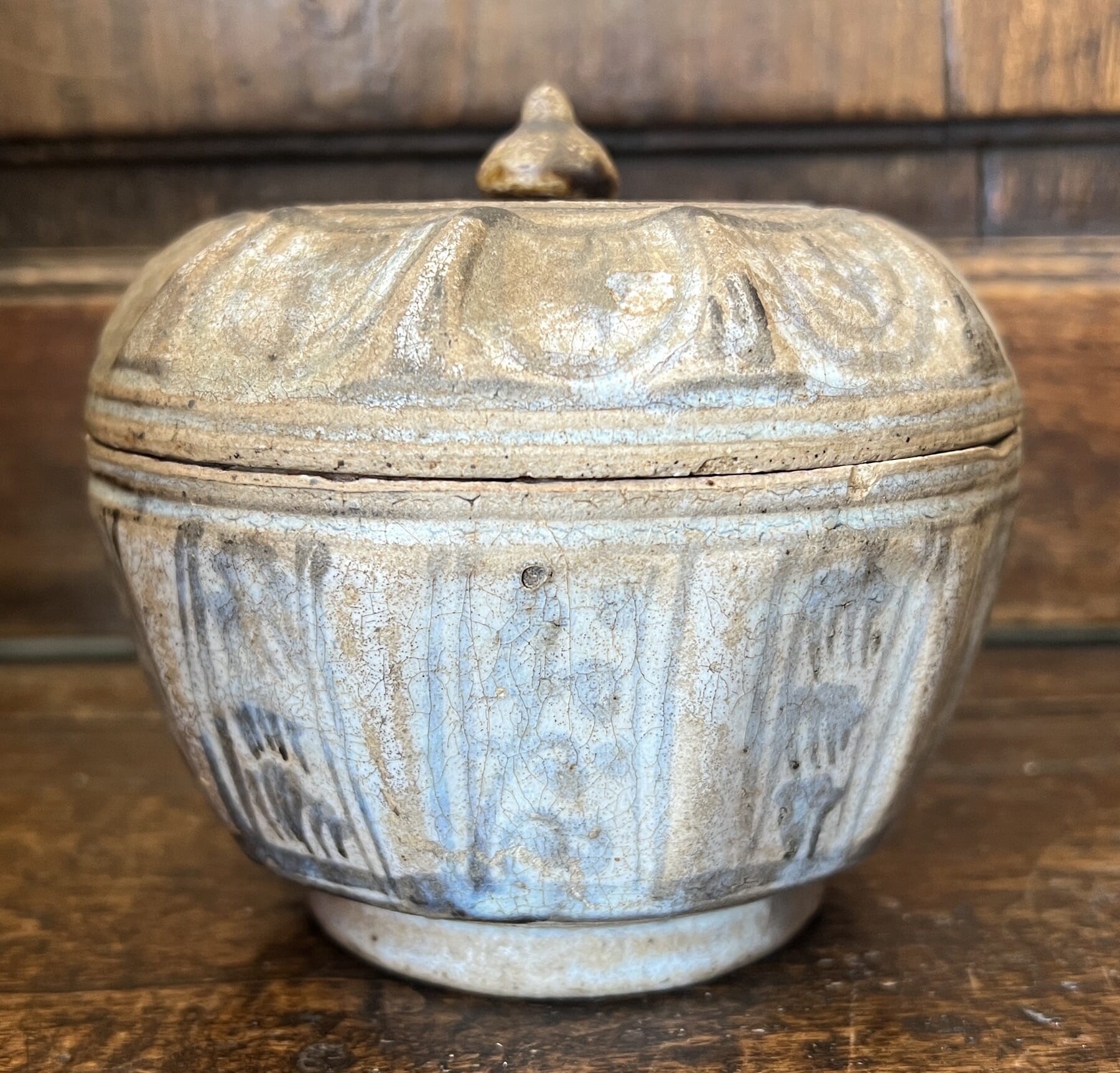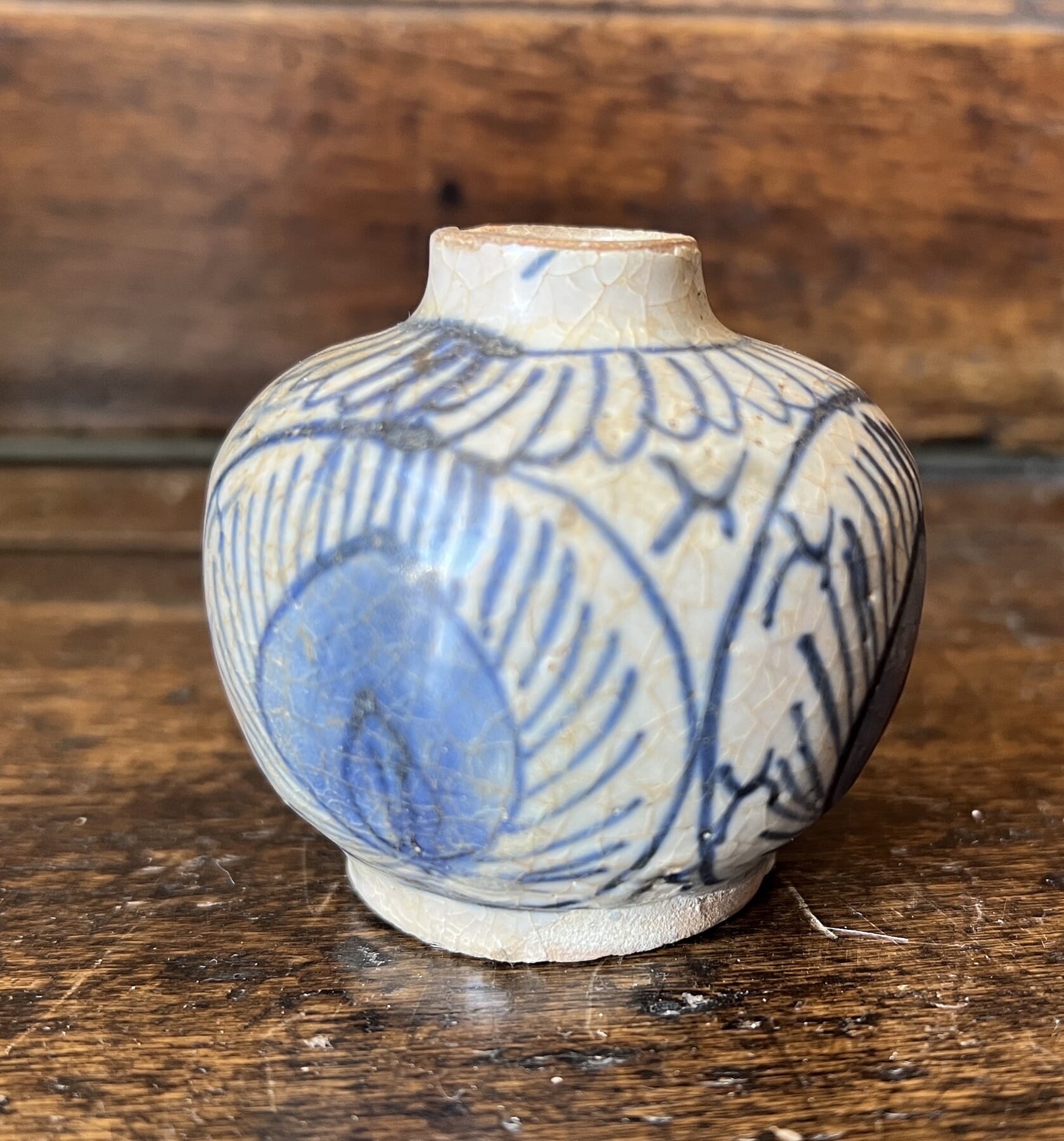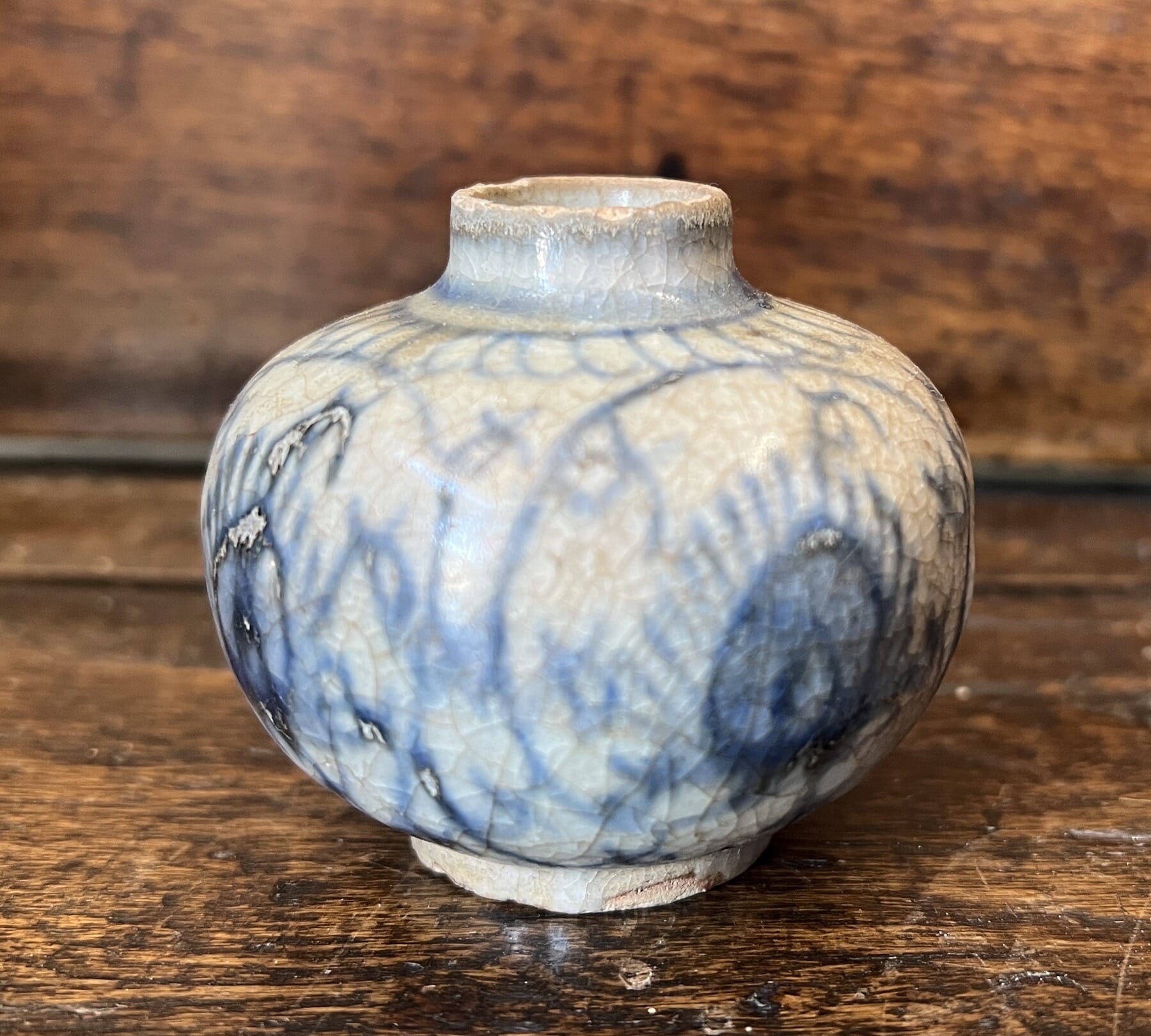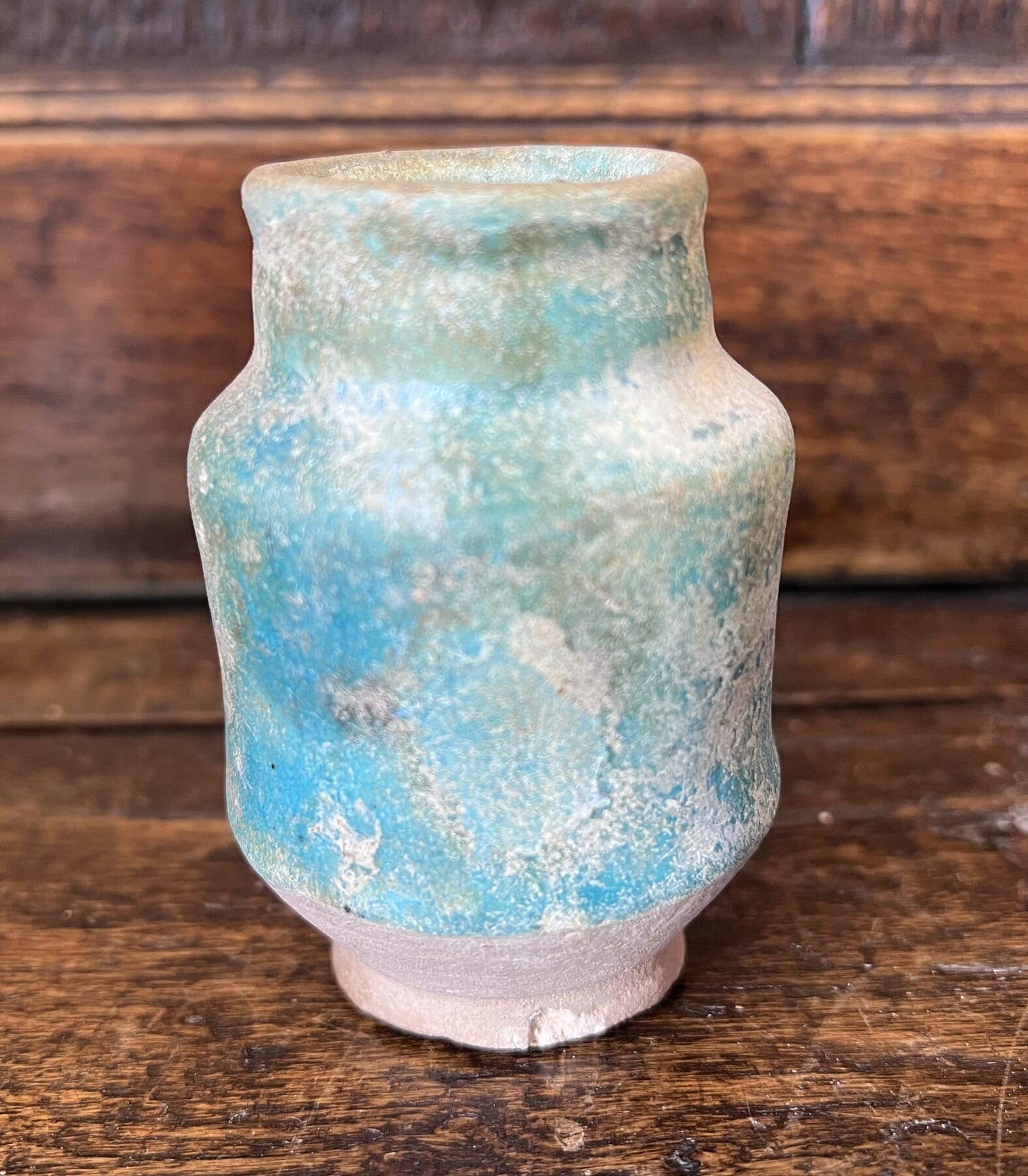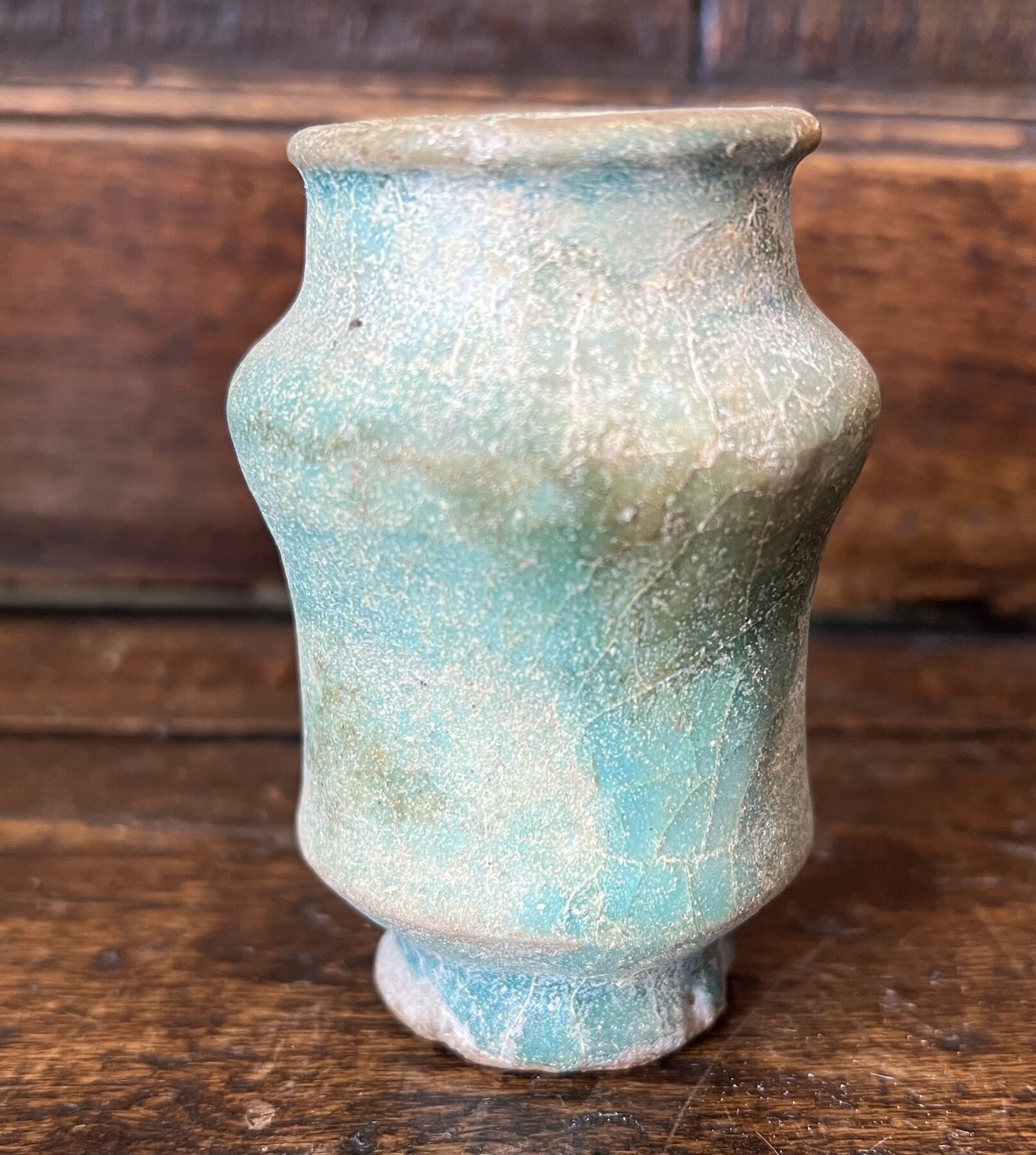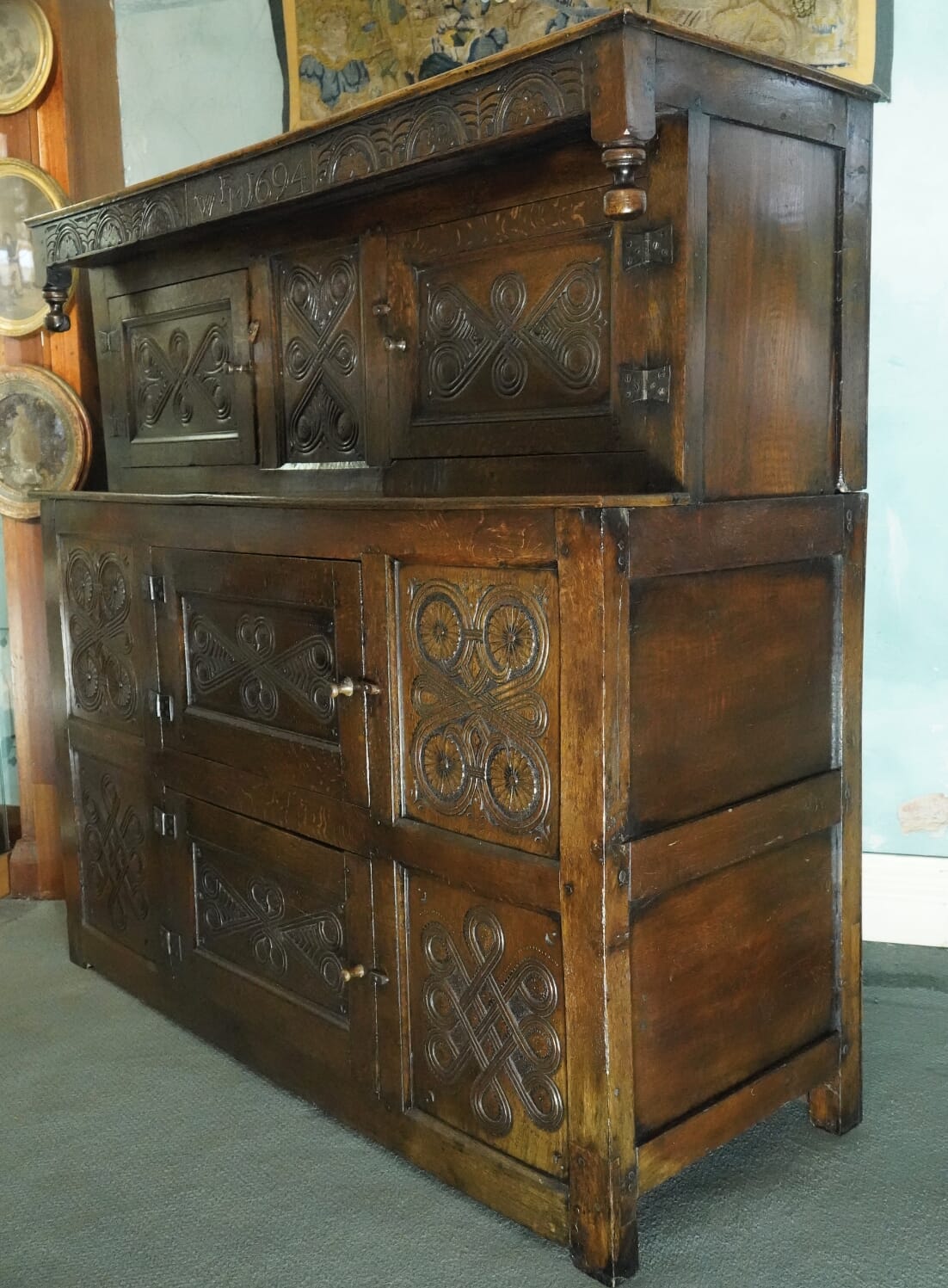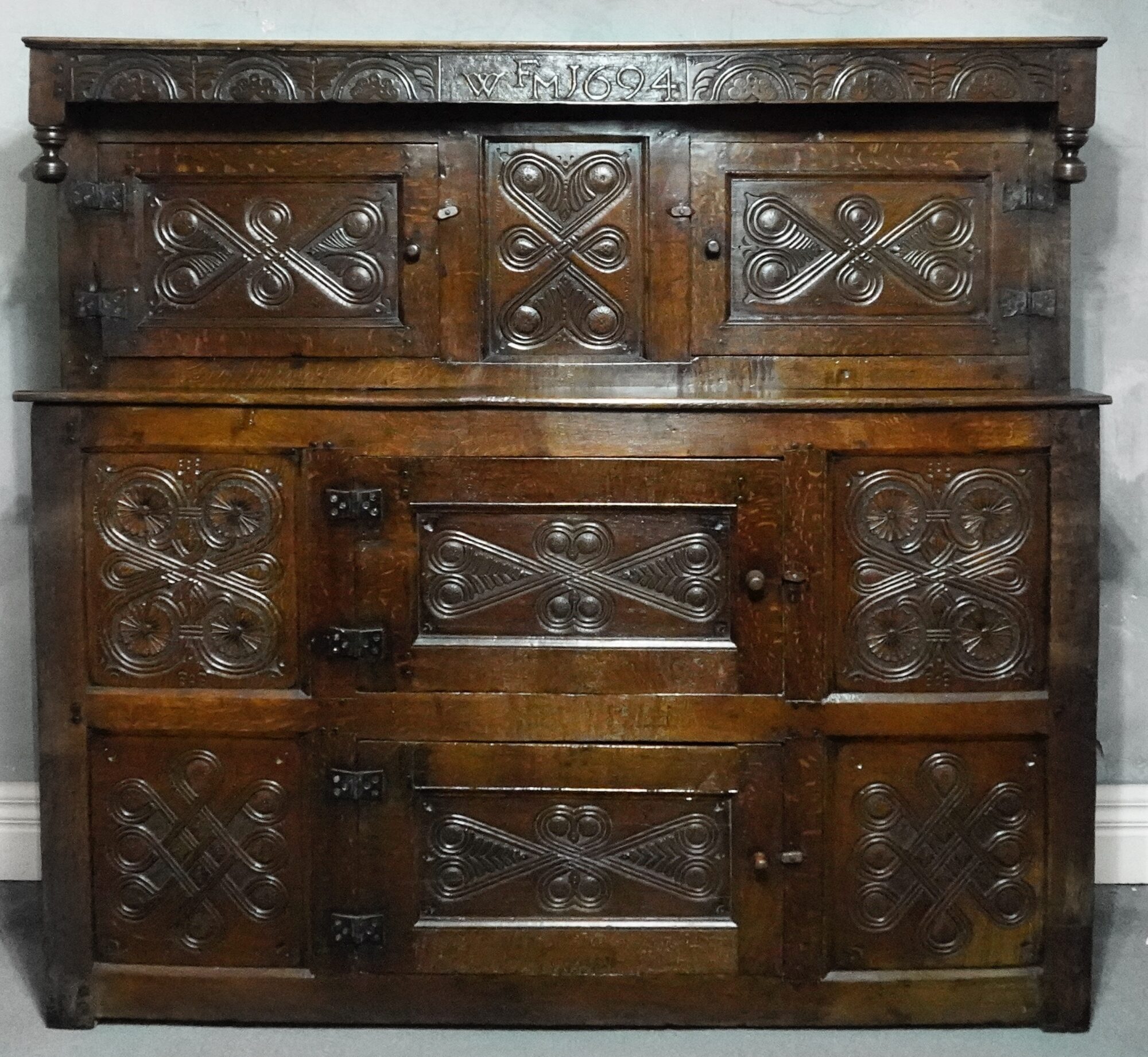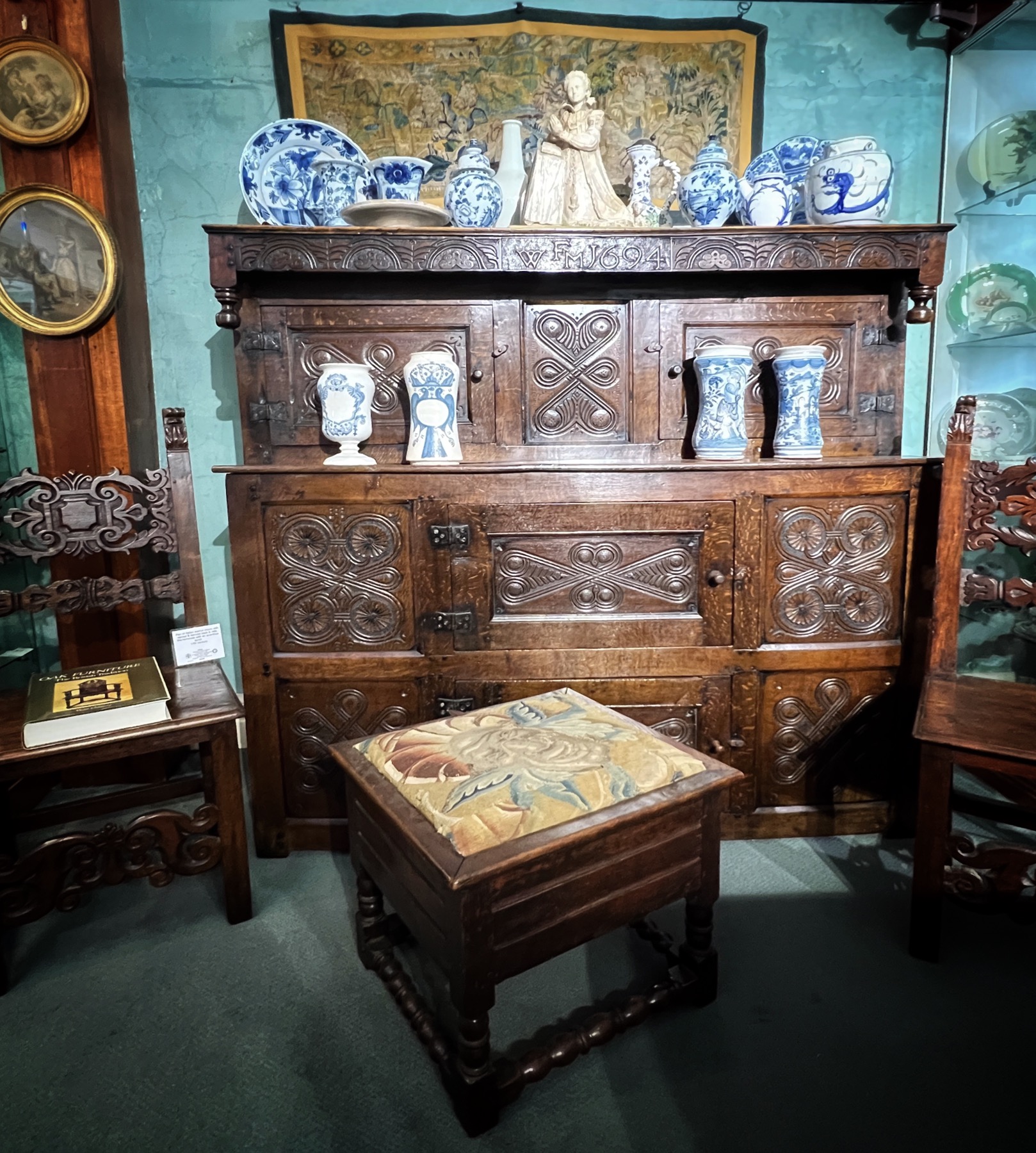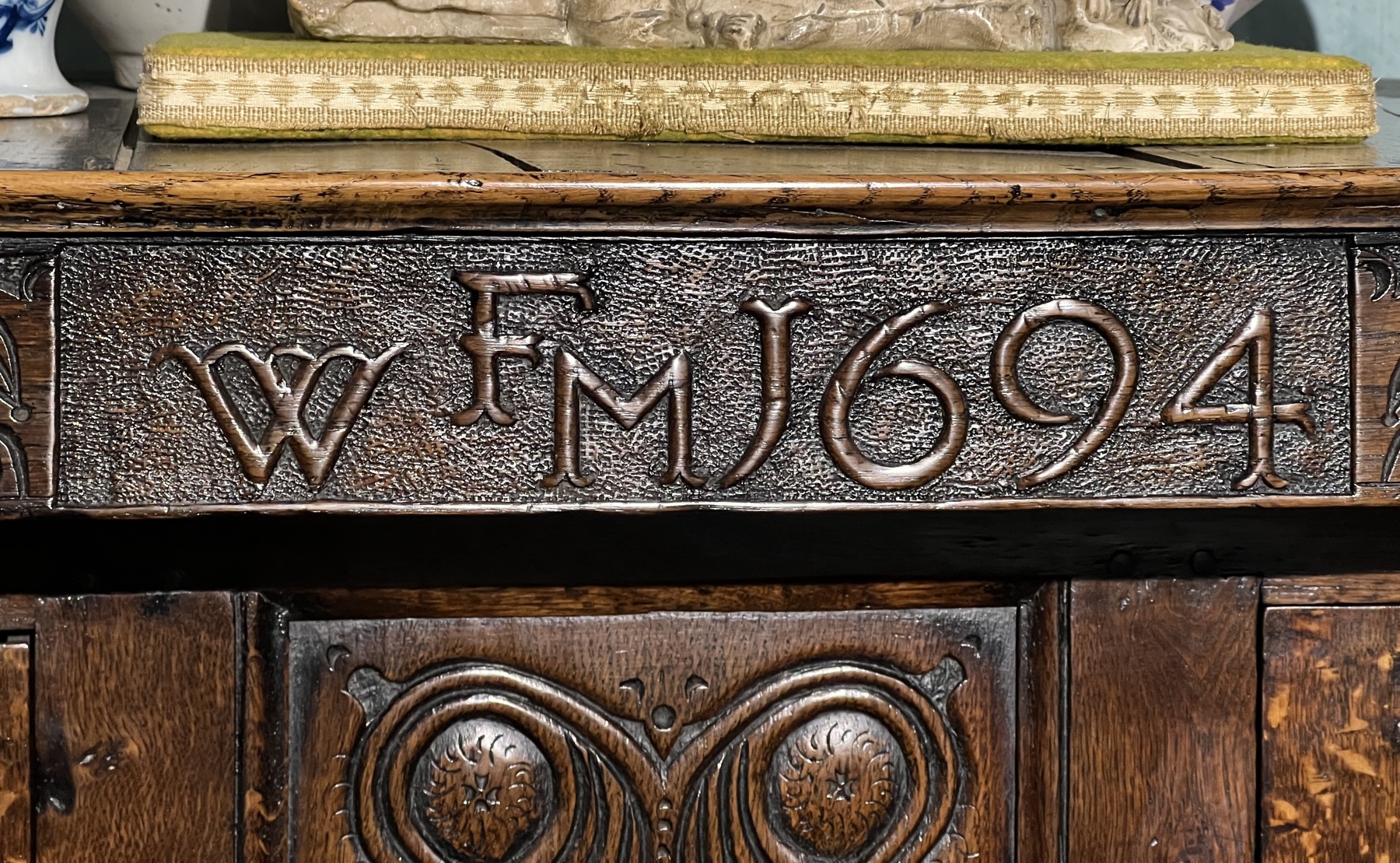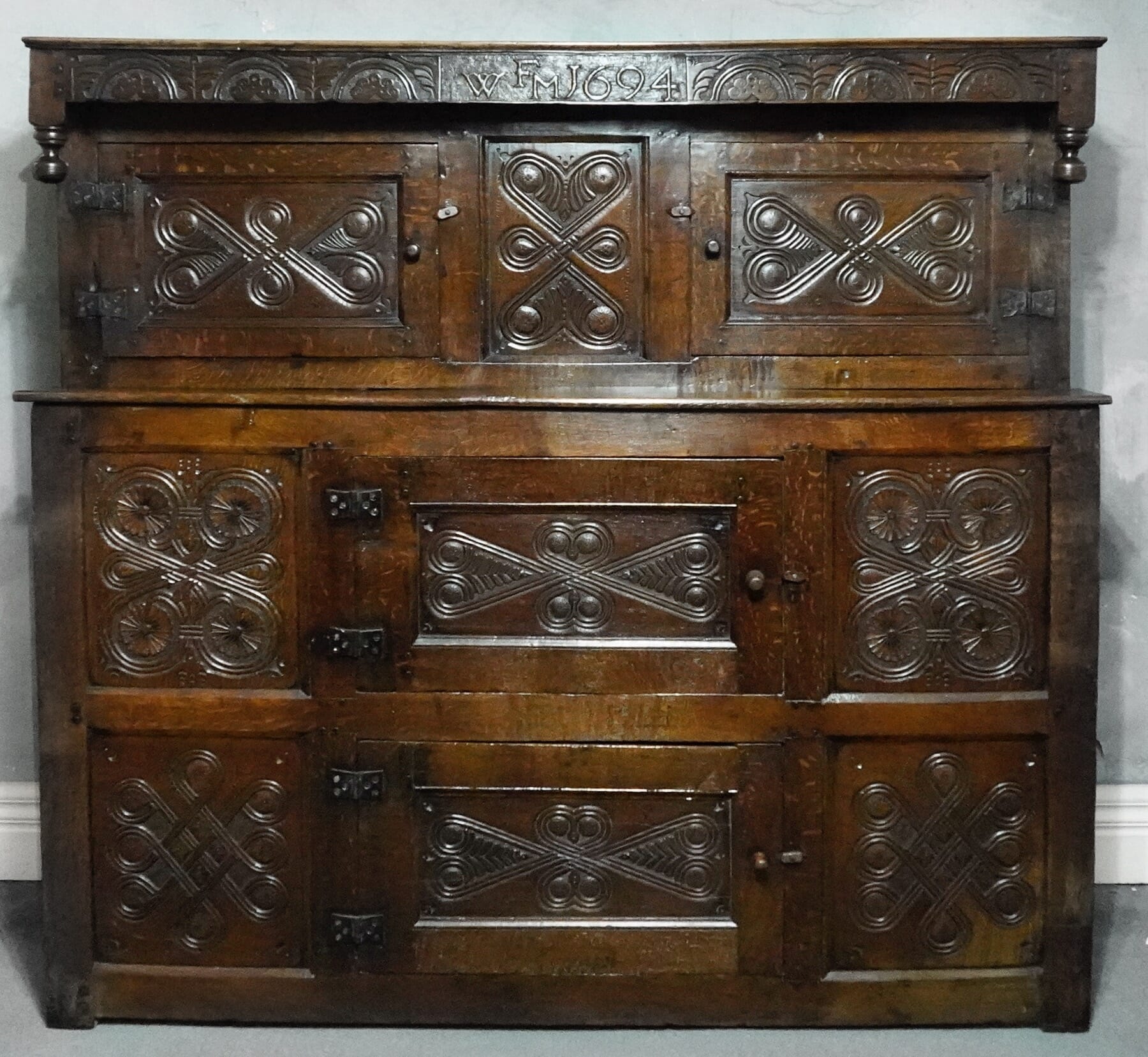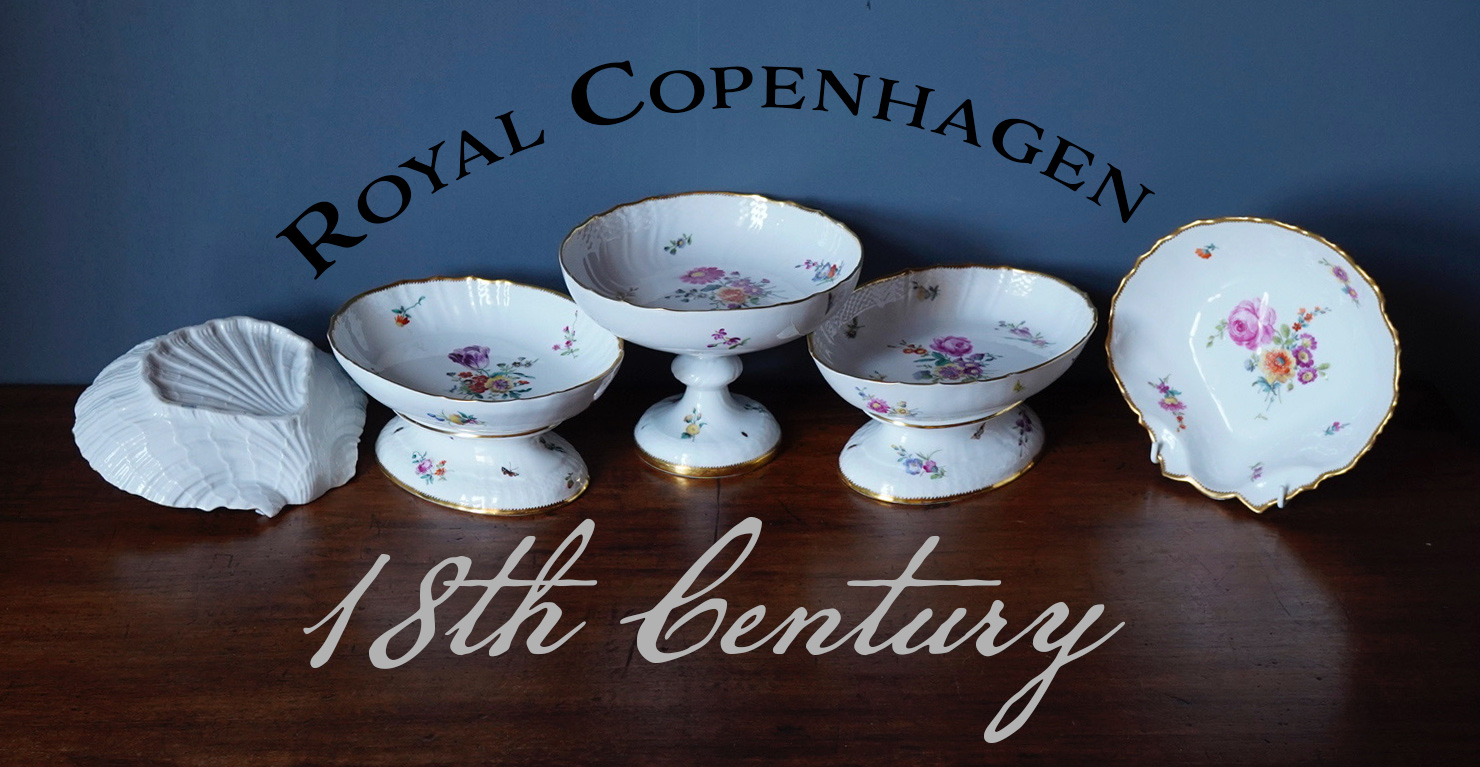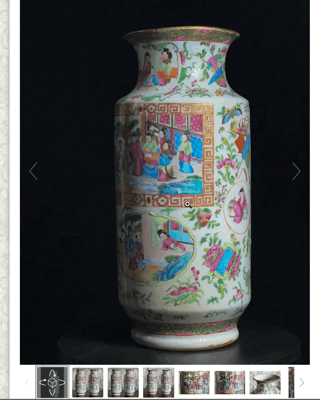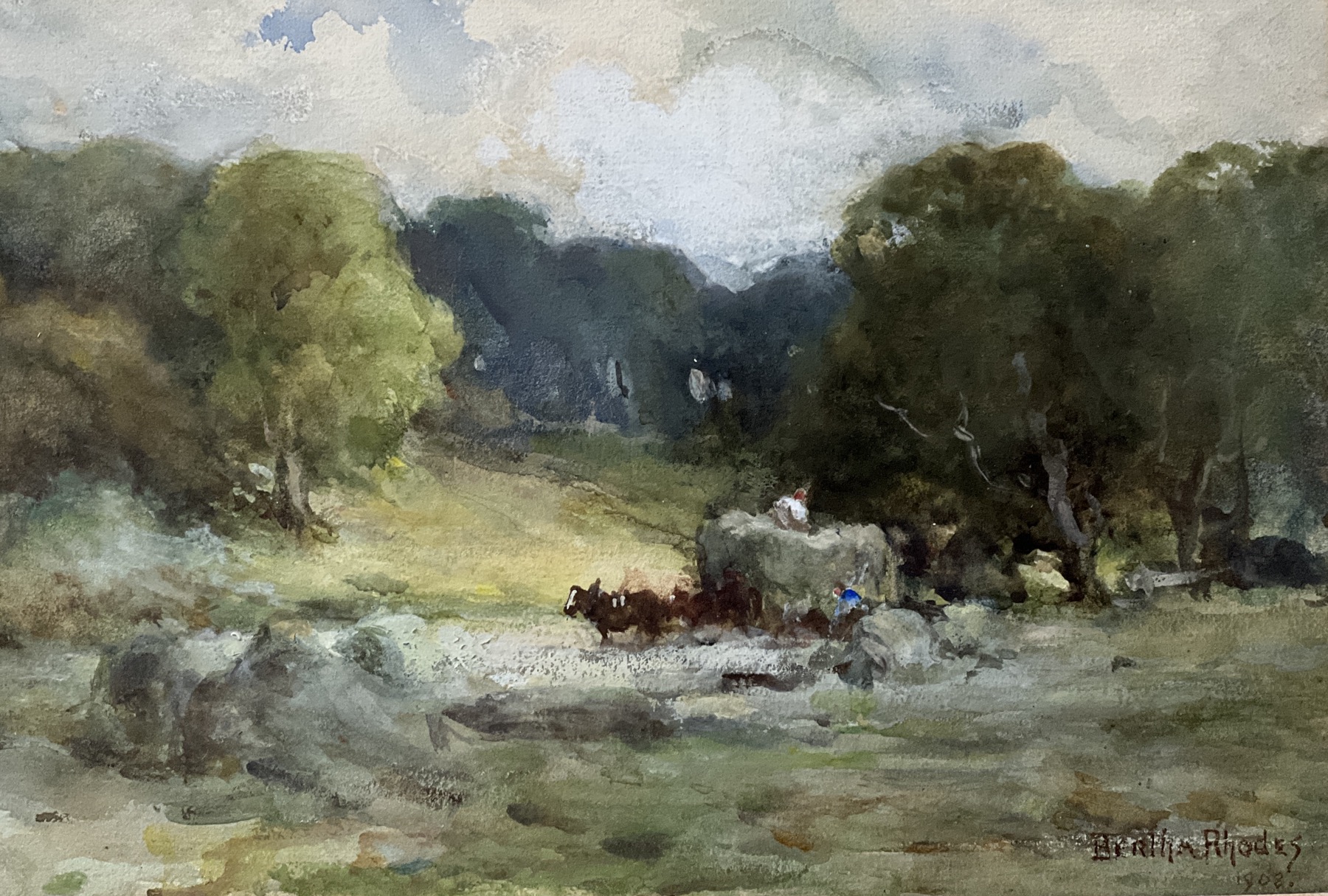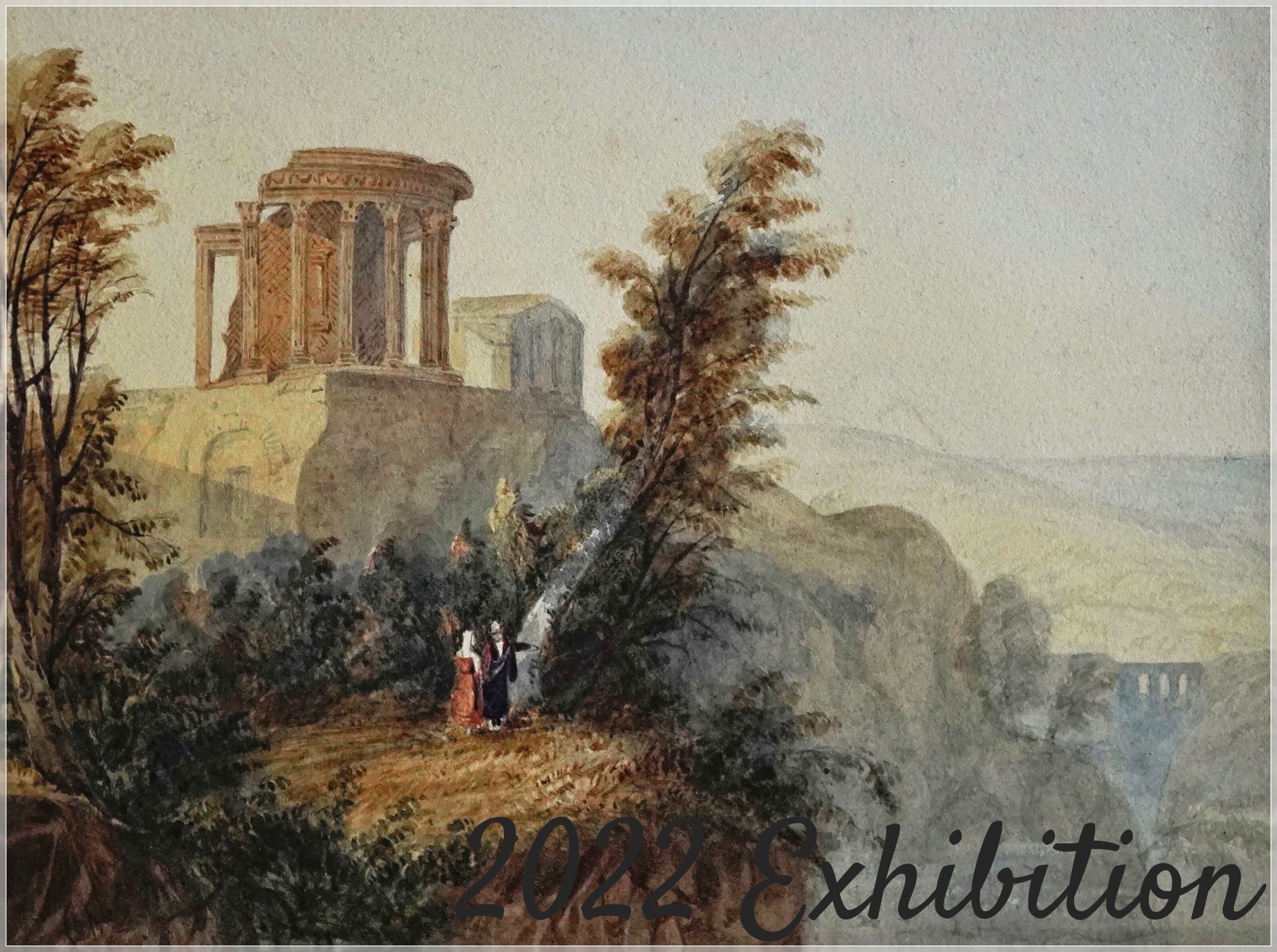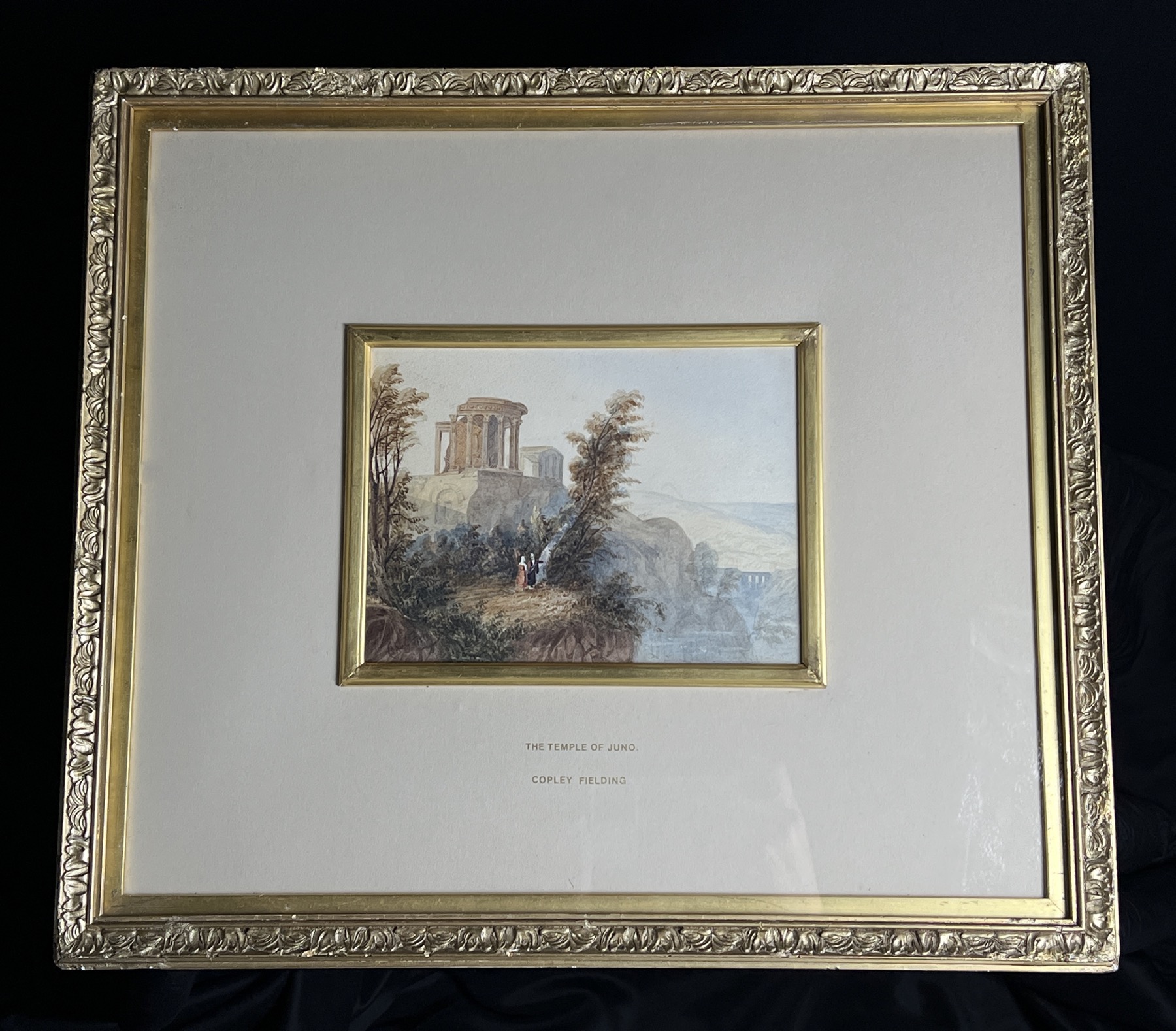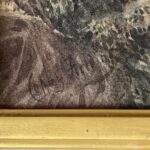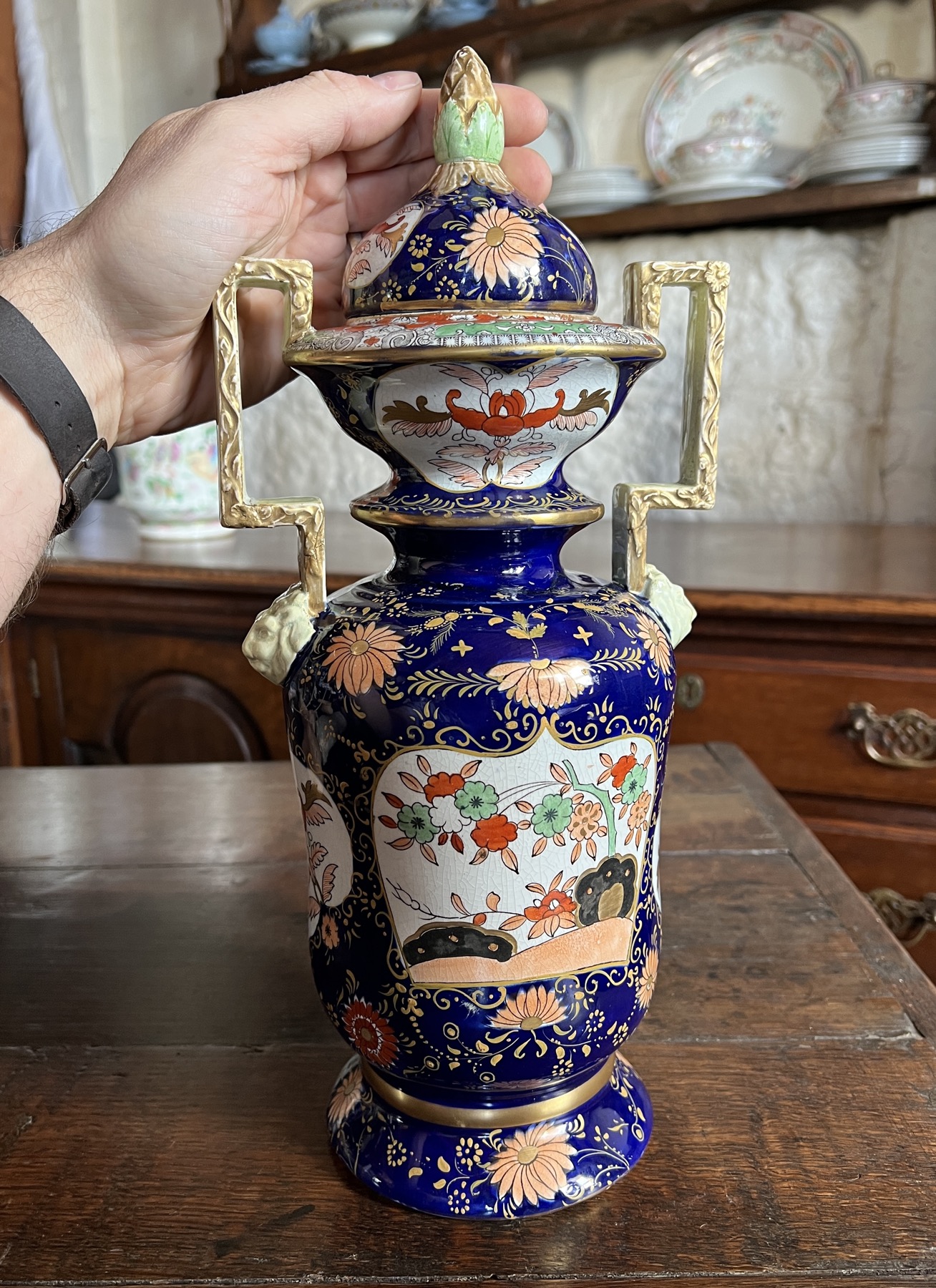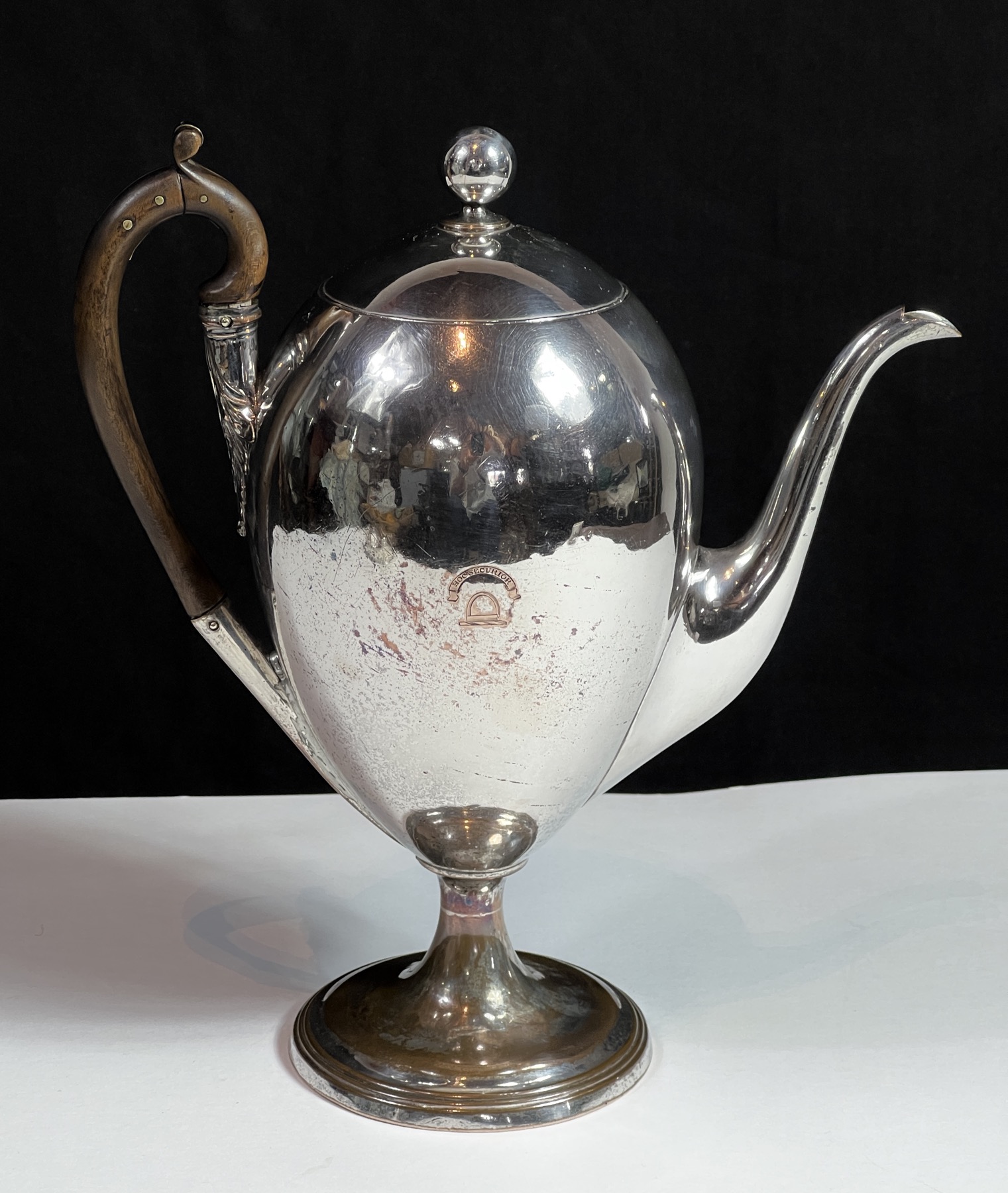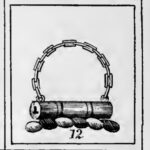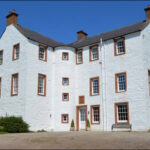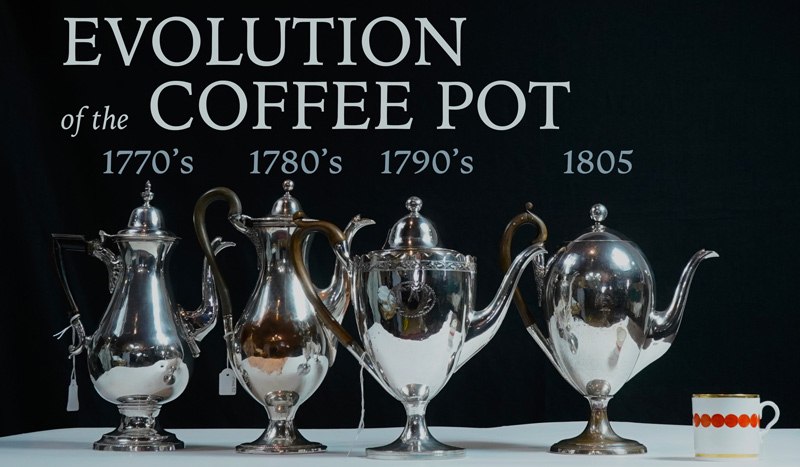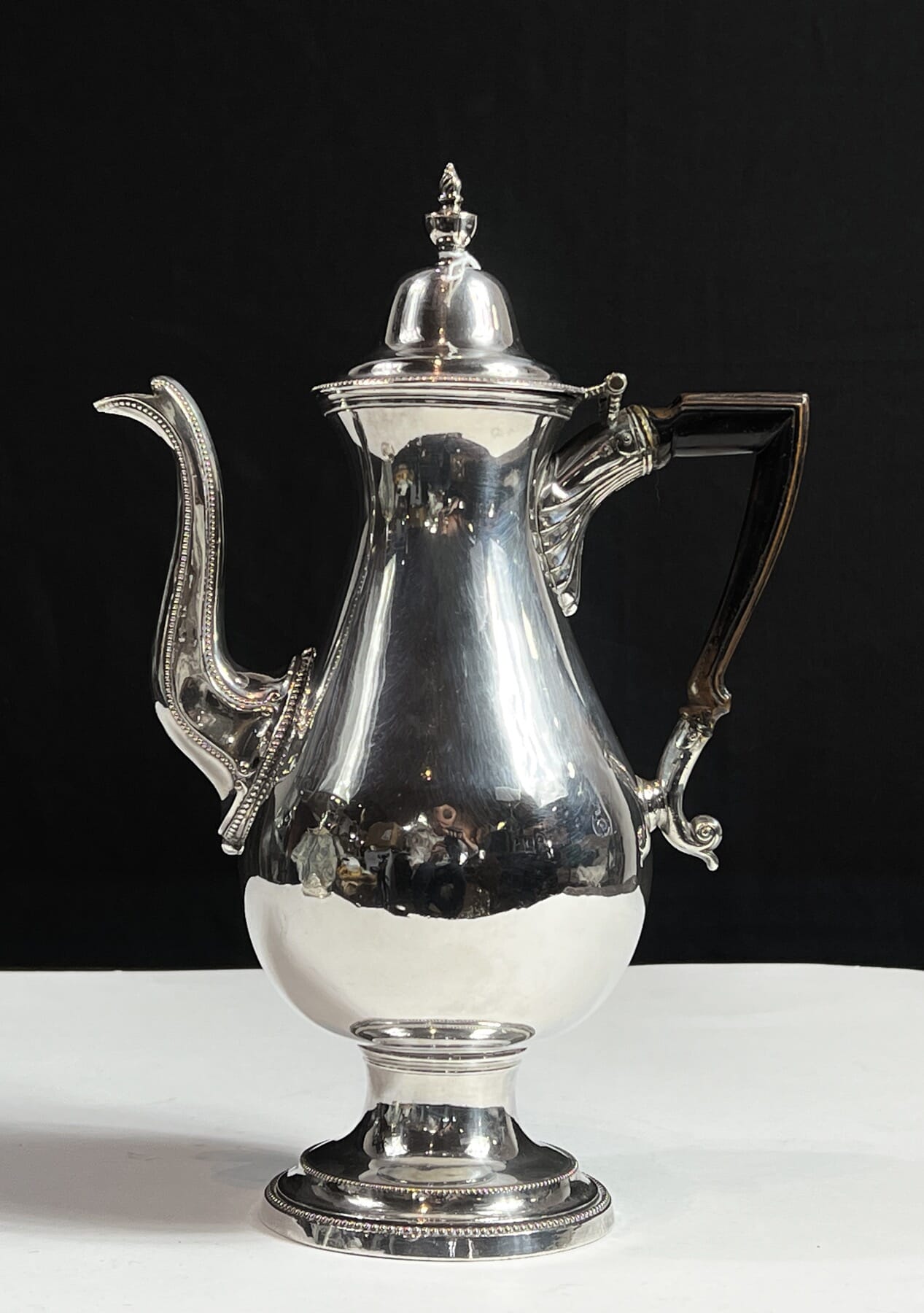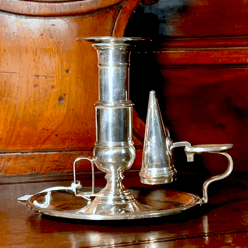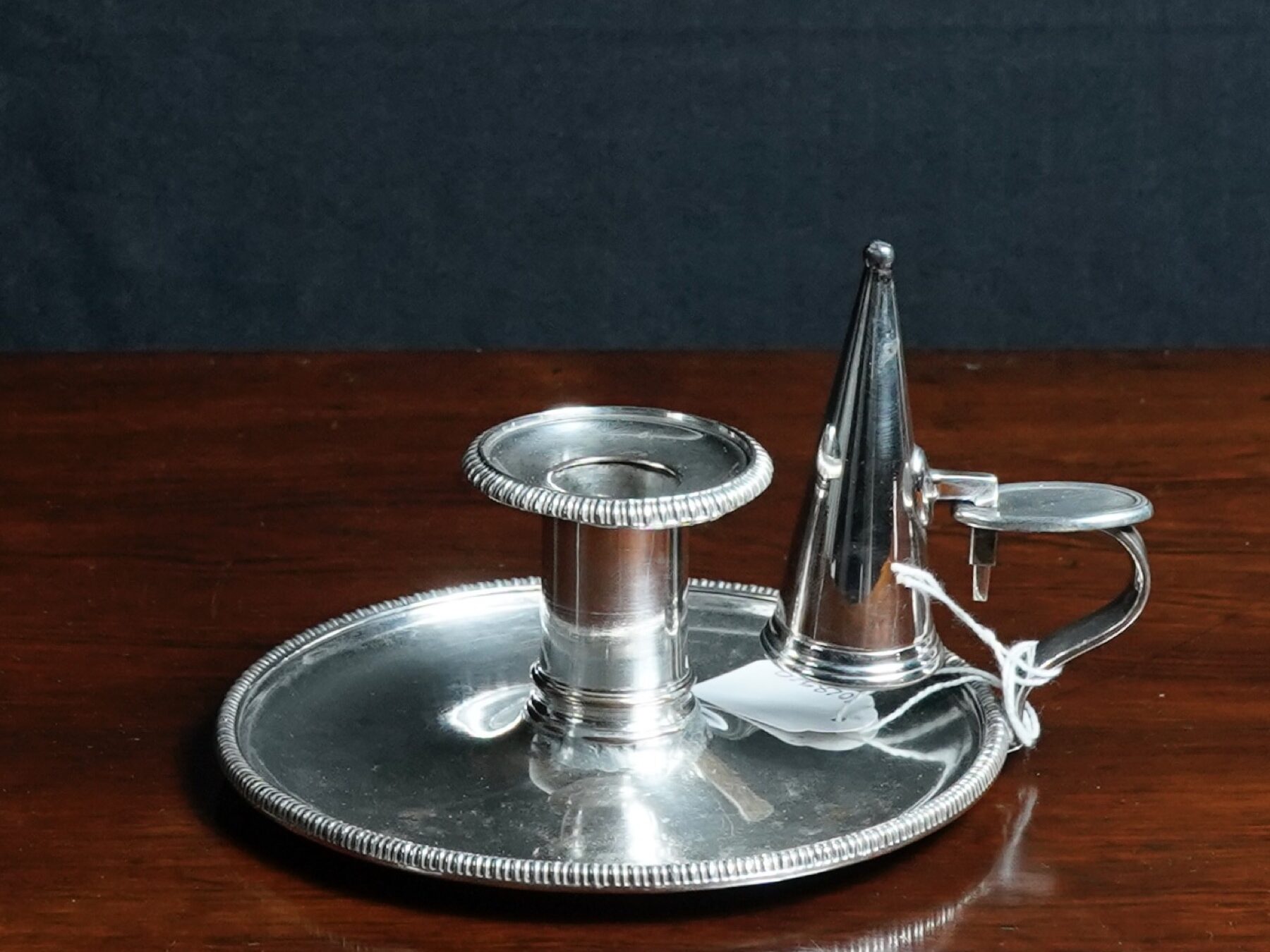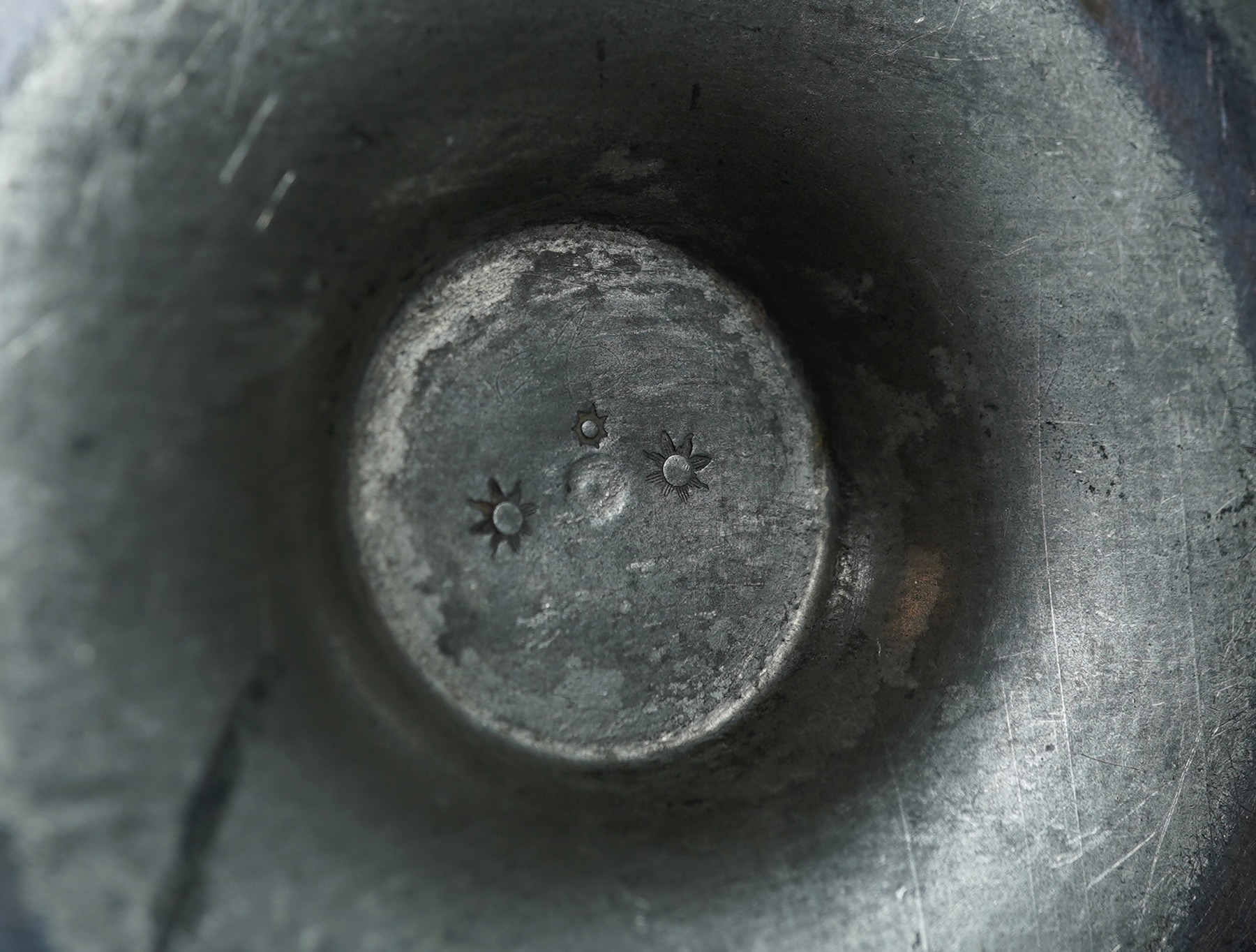December 22nd, 2021.
Welcome to our ‘Fresh Stock’ update – these items are fresh to our stock , and fresh to this website.

It’s nearly Christmas!
Moorabool has been bustling with people sourcing special presents – the online aspect is no longer ‘Christmas’ valid, due to the postal time restrictions – but locals who can pop in are keeping us busy.

We have also been putting a variety of Fresh items online, including some fascinating Antiquities and some fine porcelains, silver & glass. There’s a lot awaiting a photo opportunity or description to be published – so keep your eye on the ‘Latest Additions’ gallery.

Now that Christmas is almost over, we have also started to progress with the new website setup. We didn’t want to risk any down-time while our valued customers were on the site securing special Christmas presents! In the New Year, you’ll see our New Website: an easier way to grasp the quantity & variety that makes up the stock at Moorabool Antiques.
New Years Day is the launch date for a fine selection of early porcelains, including Dr Wall Worcester, Sevres, and a selection of Bow and Derby figures.
Remember, we post world-wide at the most reasonable rates – ask for a quote.
Fresh Stock
Here’s the latest for you…
